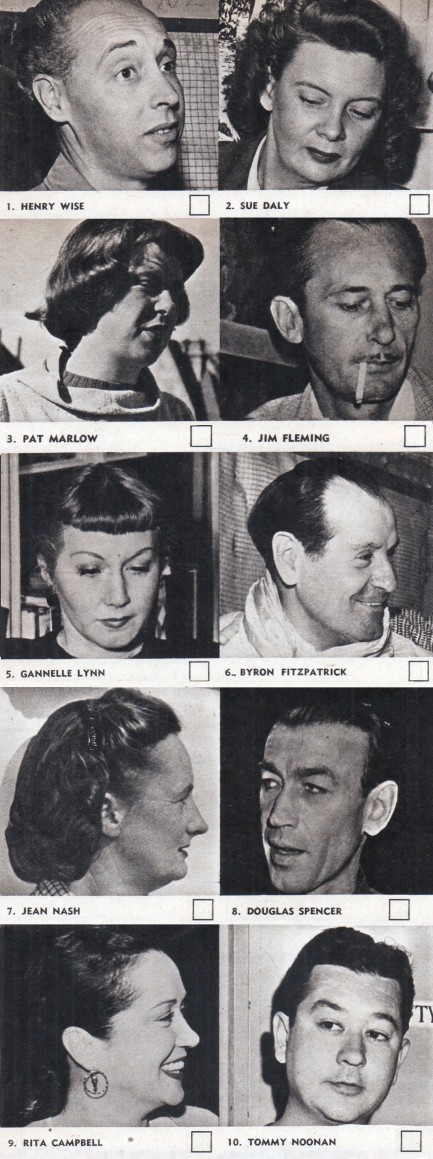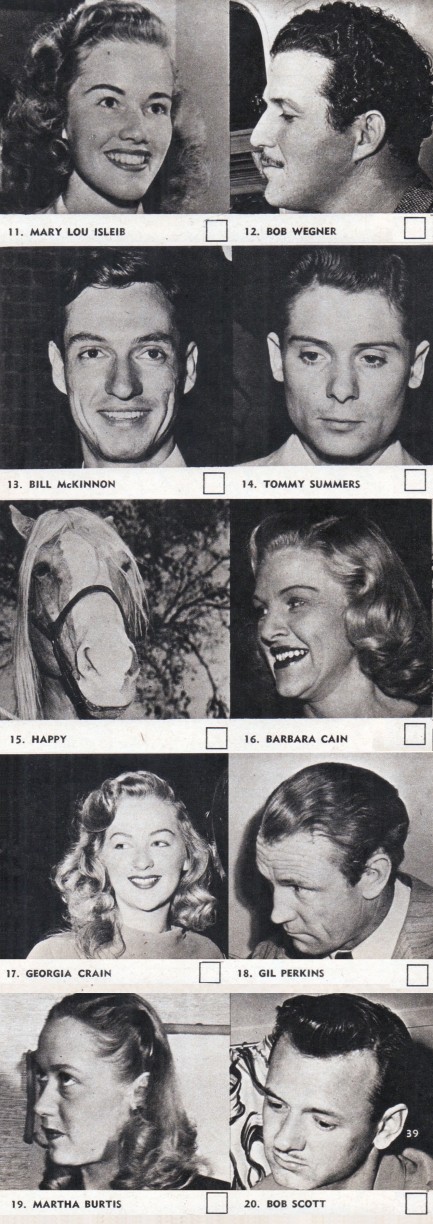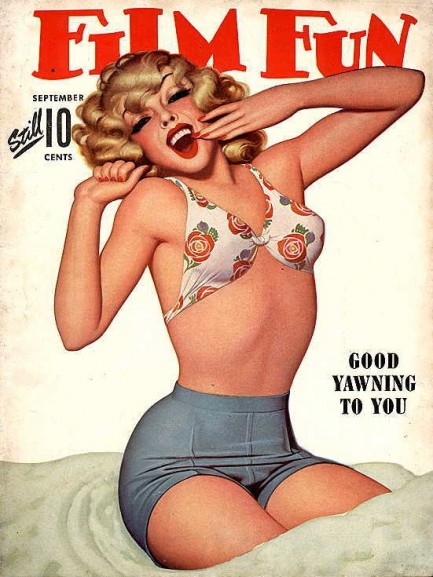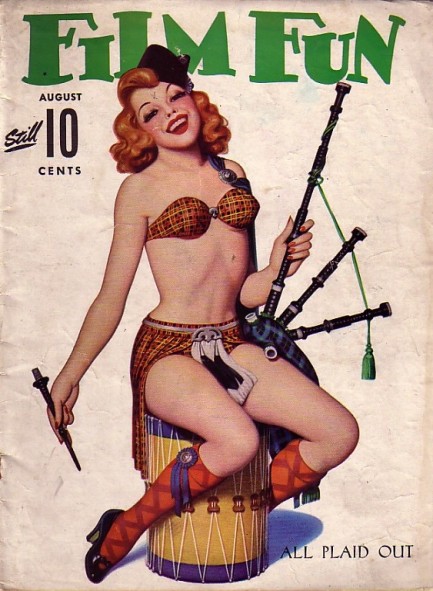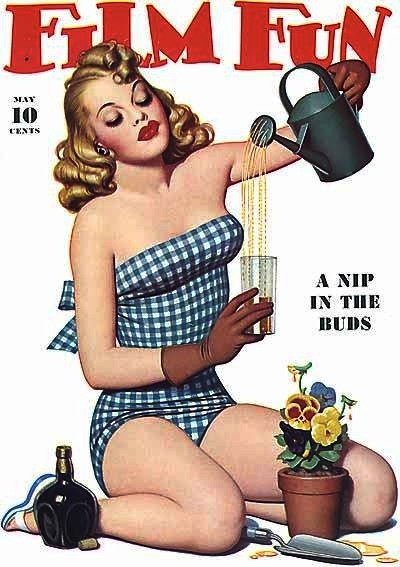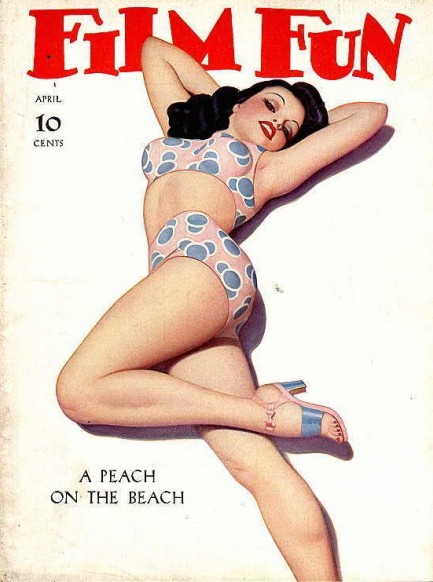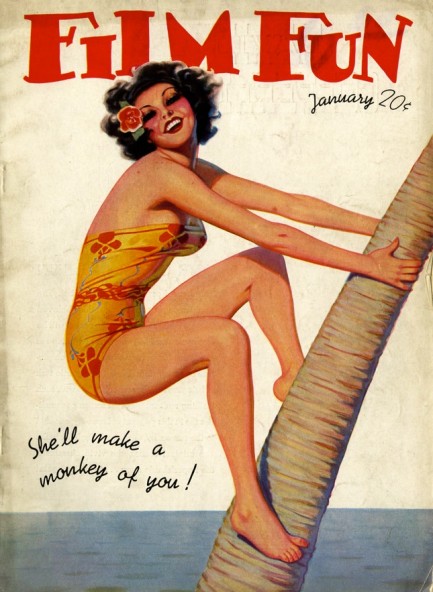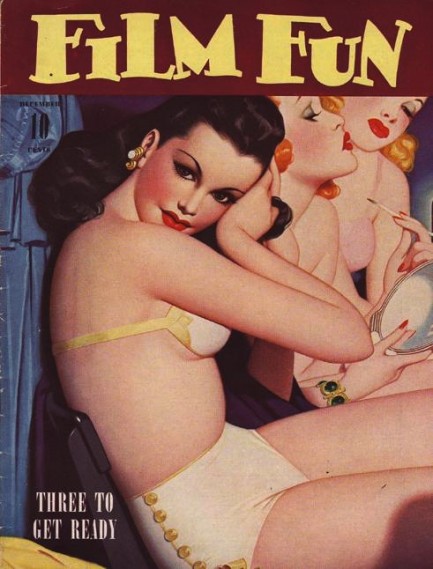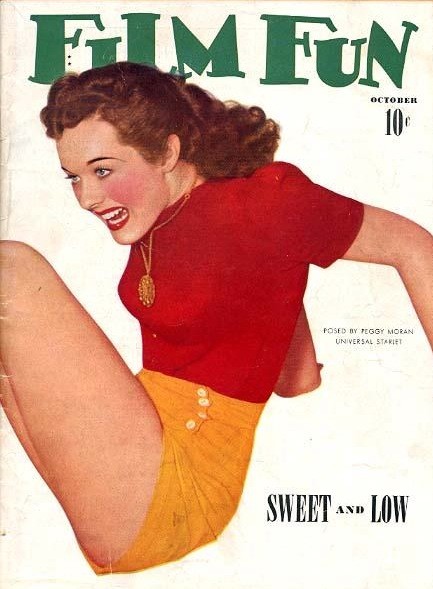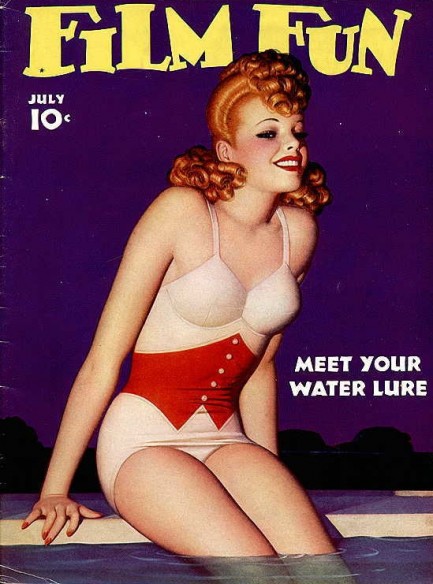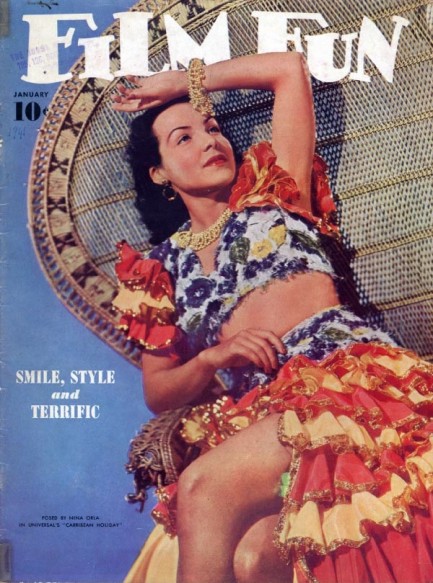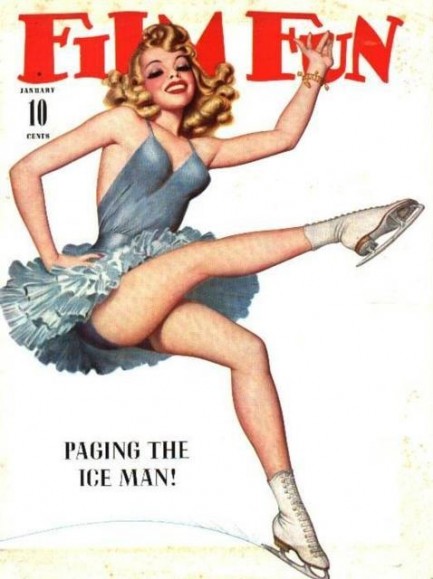 In show business the camera never sleeps. 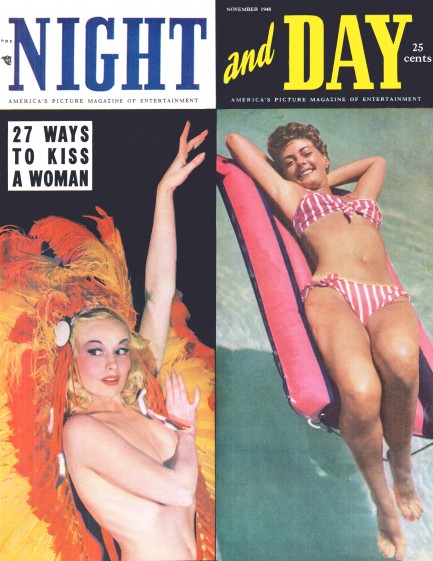
Night and Day, for which you see the cover of an issue—its very first issue, actually—that was published this month in 1948, billed itself as America's Picture Magazine of Entertainment. It was launched in New York City by Alho Publishing, and as you'll see it came out of the gate swinging for the fences with its visual content, from its bisected cover featuring burlesque dancer Lili St. Cyr and actress Ramsey Ames, to its tongue-in-cheek feature on the twenty-seven types of kisses, to its approving look at George White's Scandals revue at Hollywood's Florentine Gardens. Interesting side note on Scandals—Wikipedia says it ended in 1939. Well, obviously not quite. Elsewhere Night and Day touches on college hazing, professional football, and the Greenwich Village art scene. In total, it's a gold mine for vintage photos.
Our favorite offering in the magazine is its quiz on Hollywood stars and their stand-ins. You just have to take a good look at twenty performers, and try to determine which twenty random people are their stand-ins. To score well on such a quiz you'd have to be either the biggest Hollywood head in history or someone who has the opposite of face blindness, whatever that would be. Face unforgettability, maybe. Even though we don't expect many people to try the quiz, we worked hard to put it into internet-usable form. In the magazine the photos were five-across on the page, which made them too small for the column width of our website. So we rearranged them to be two-across, and thus enlarged, they're clear, though you have to do a lot of scrolling. Nevertheless, it's there if you want, along with fifty other panels to eat your time with marvelous efficiency. Please enjoy.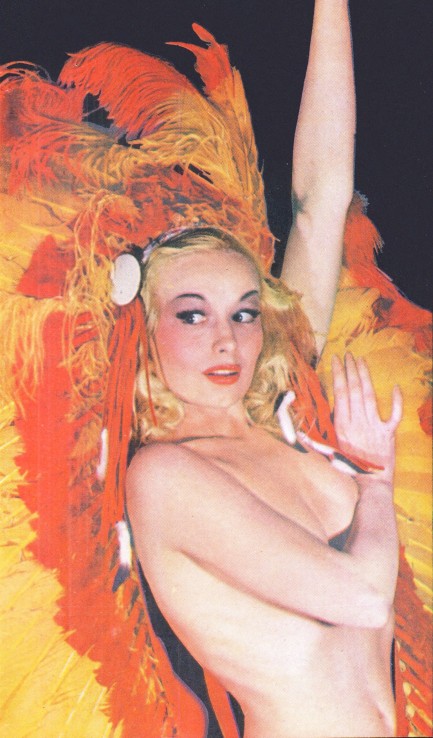 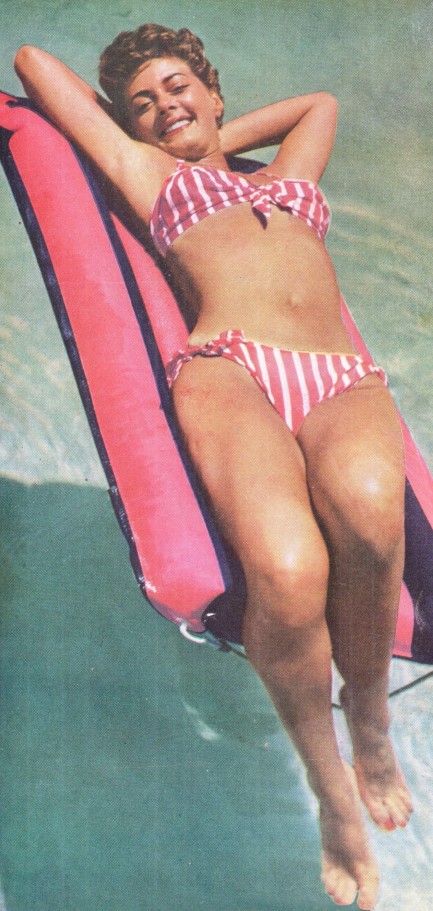 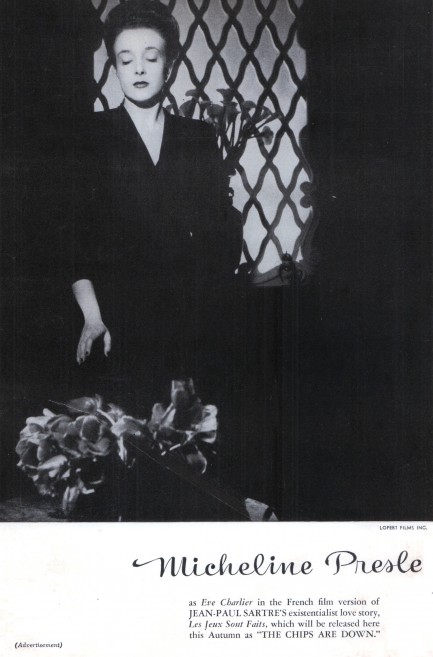 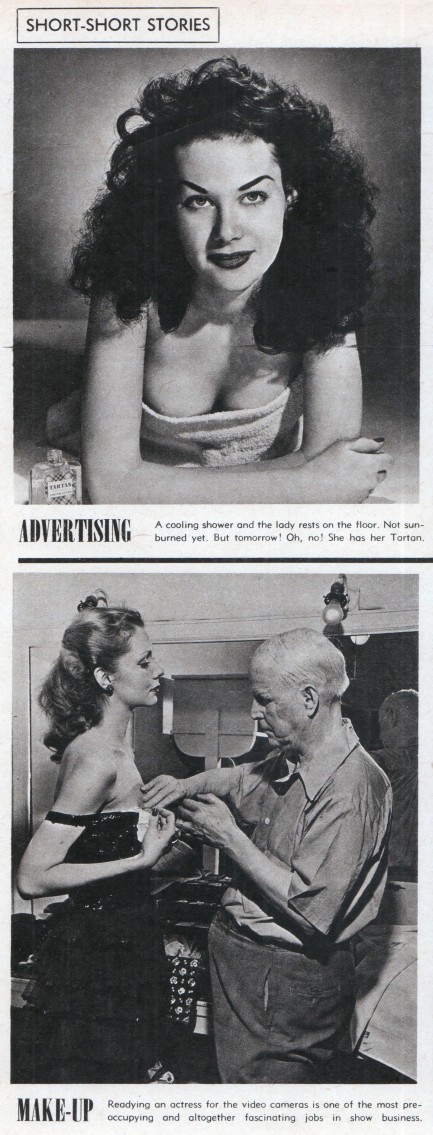 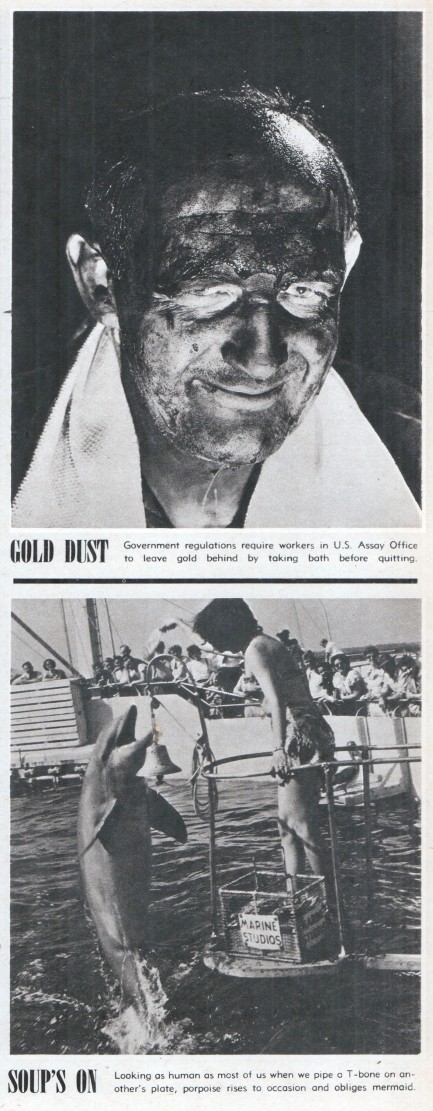 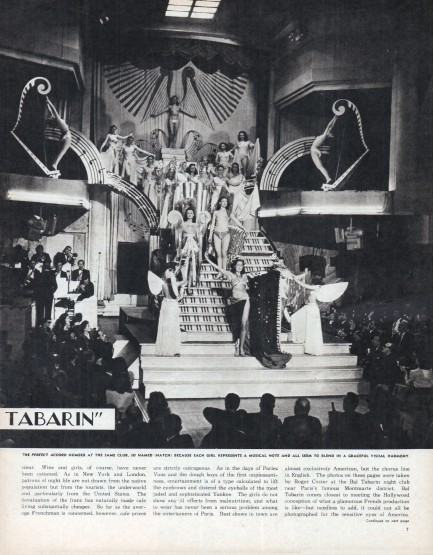 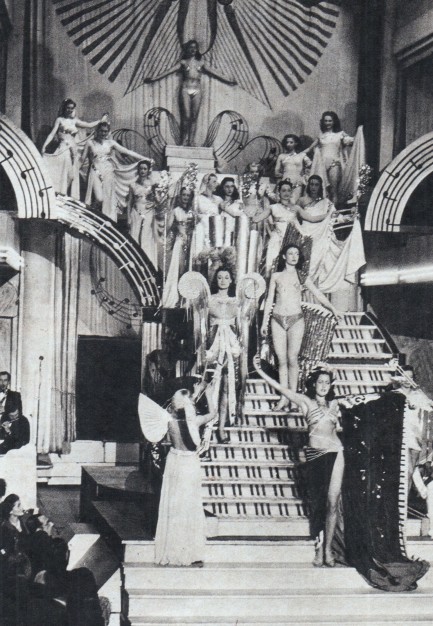 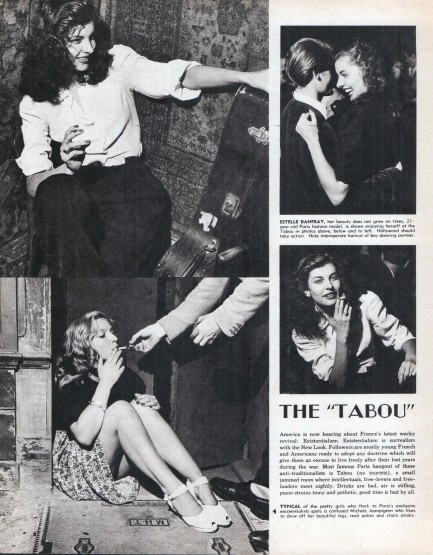  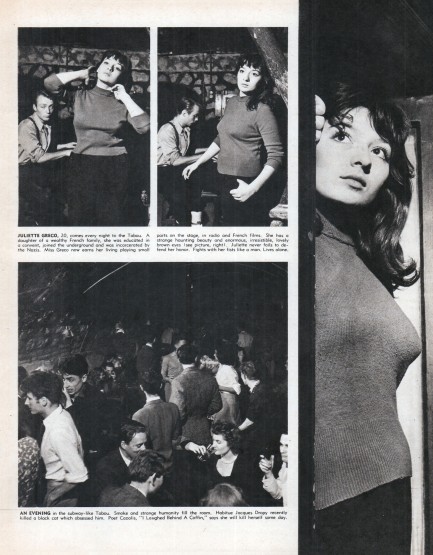 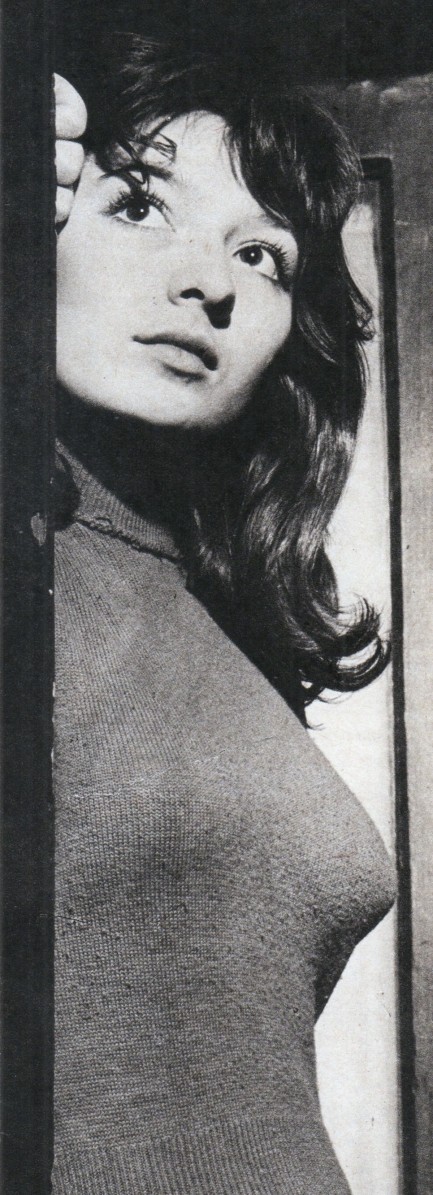 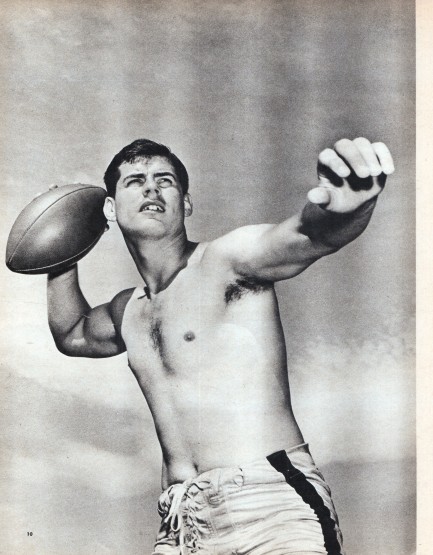 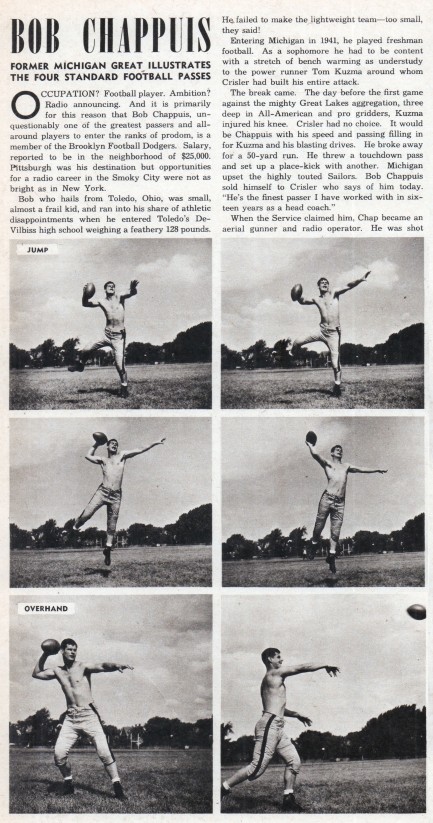 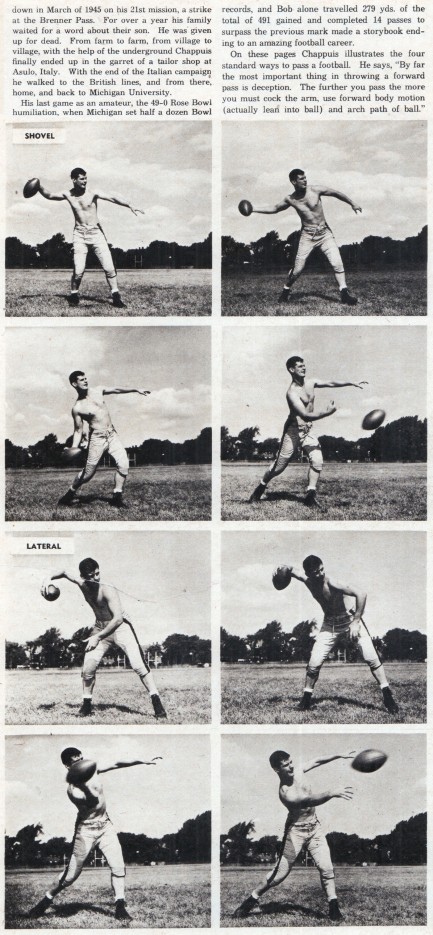 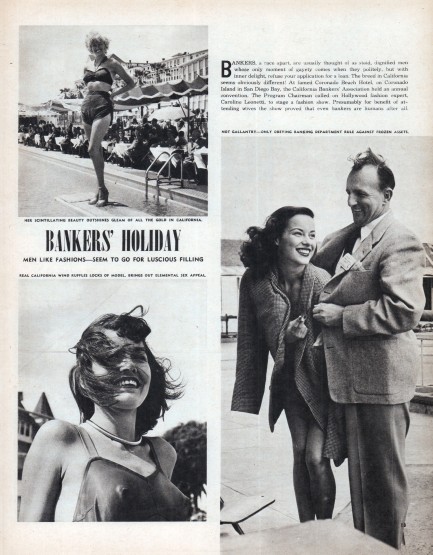 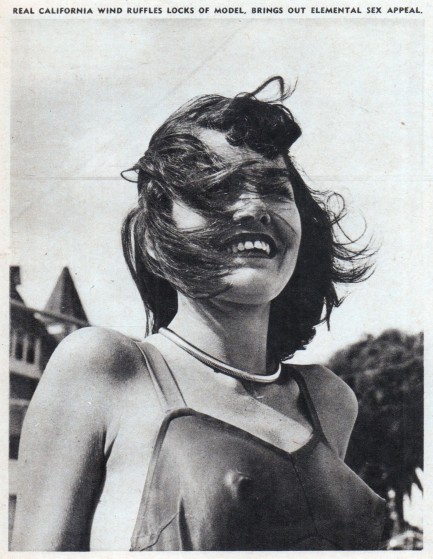 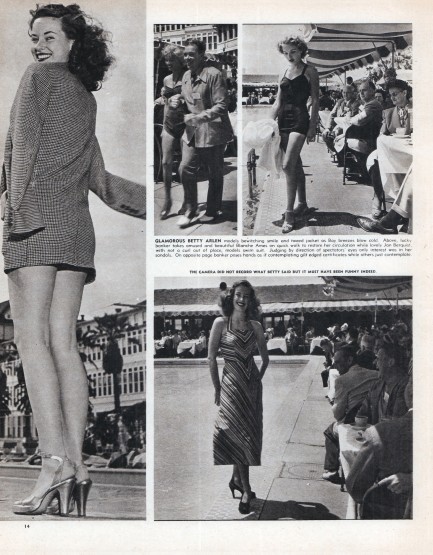 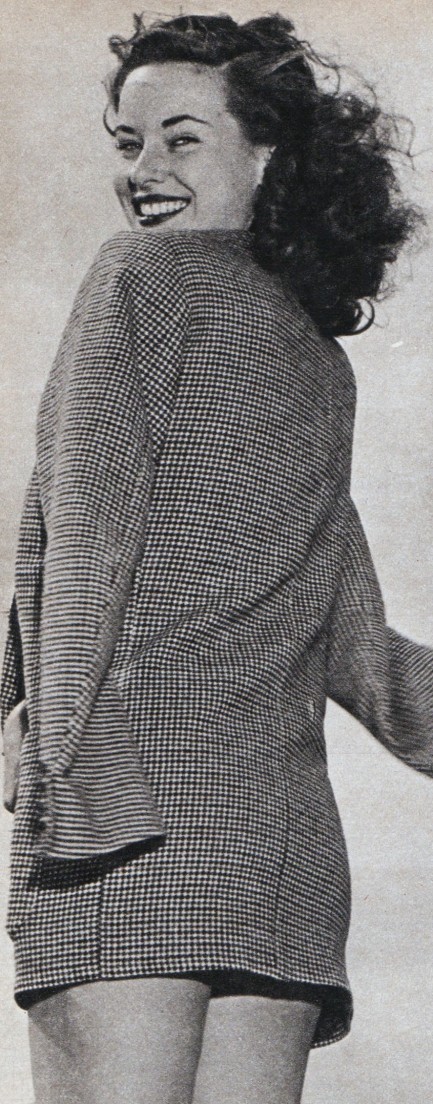 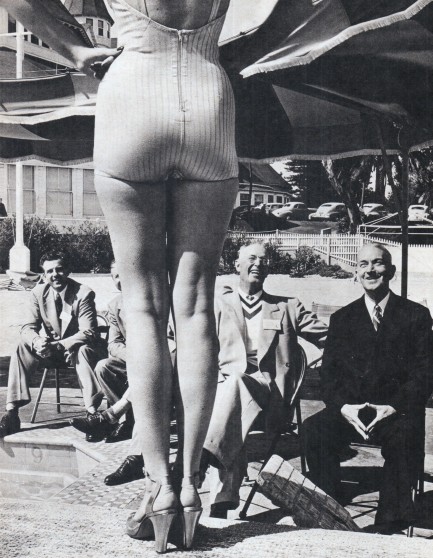 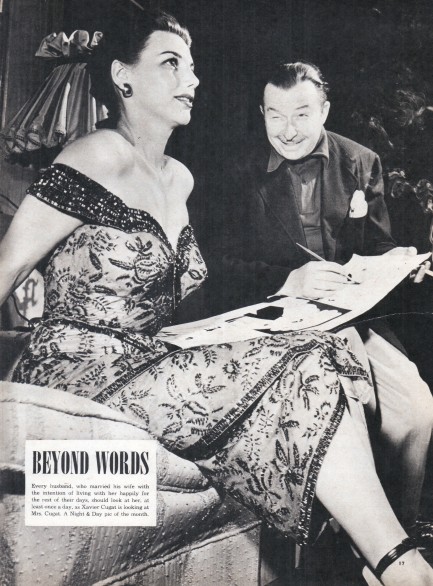 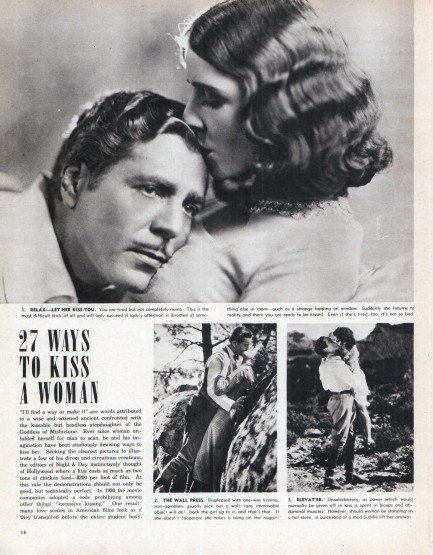 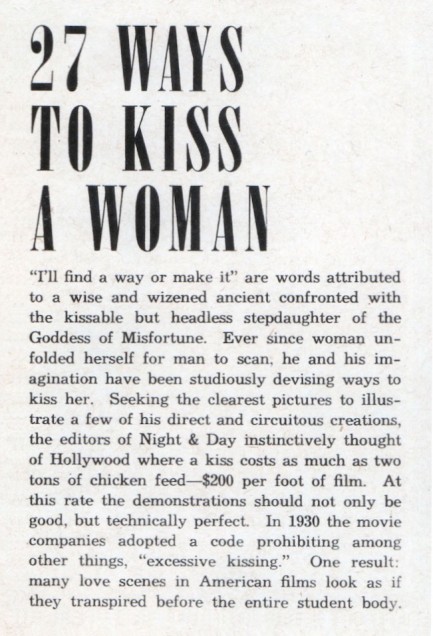 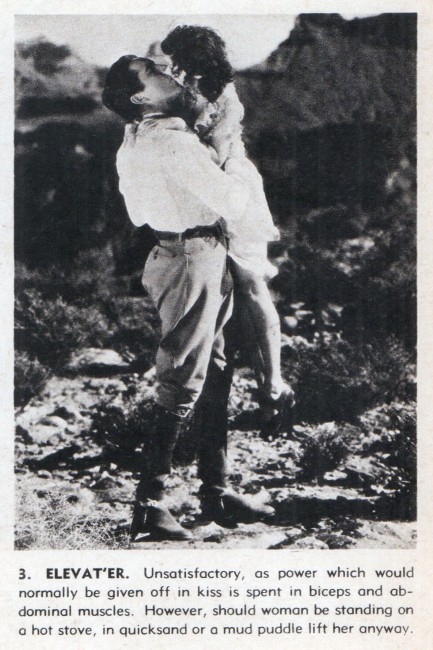 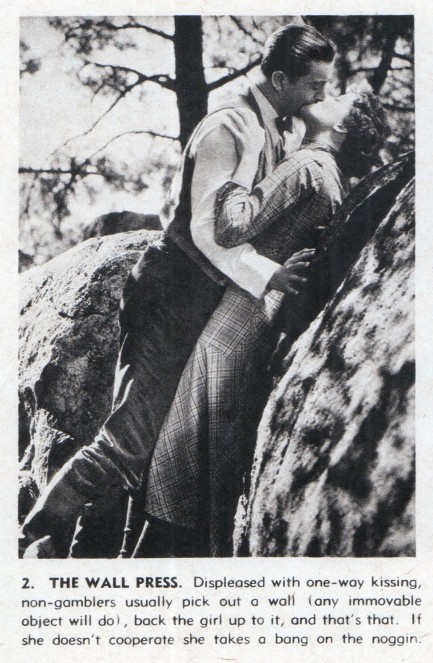 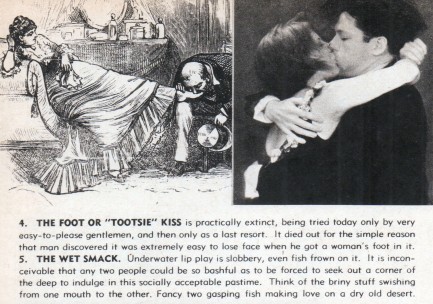 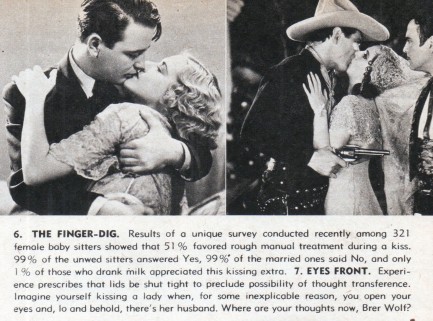 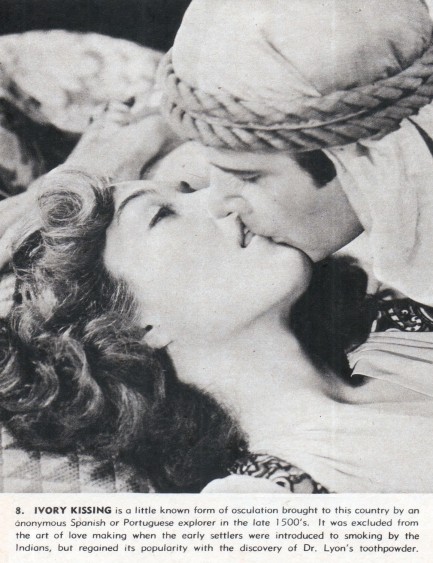 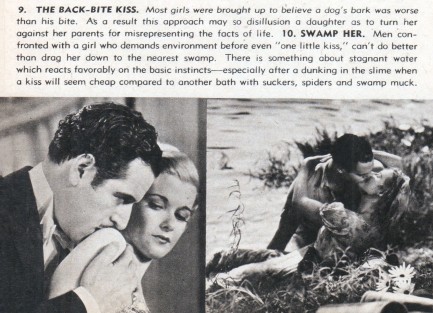 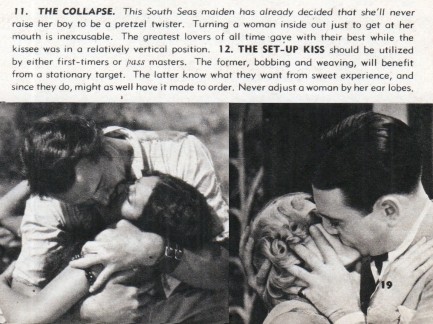 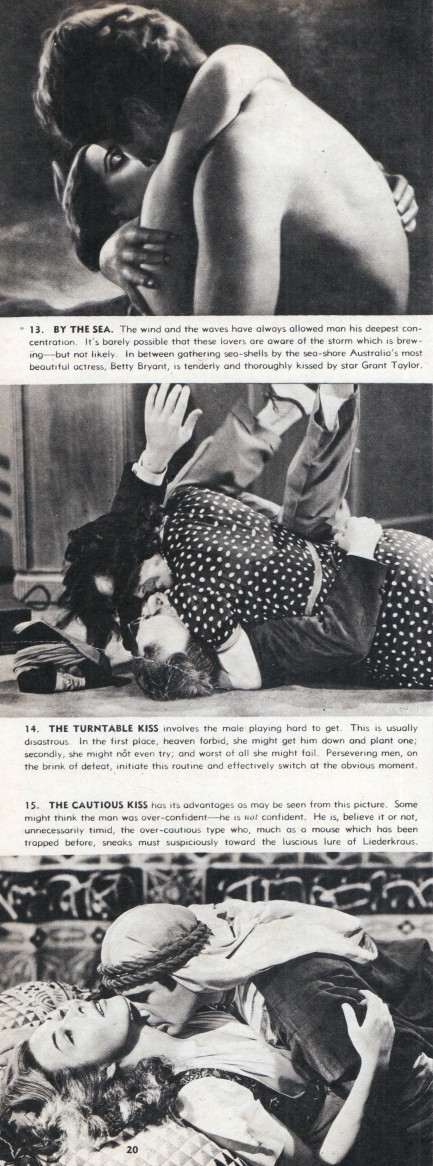 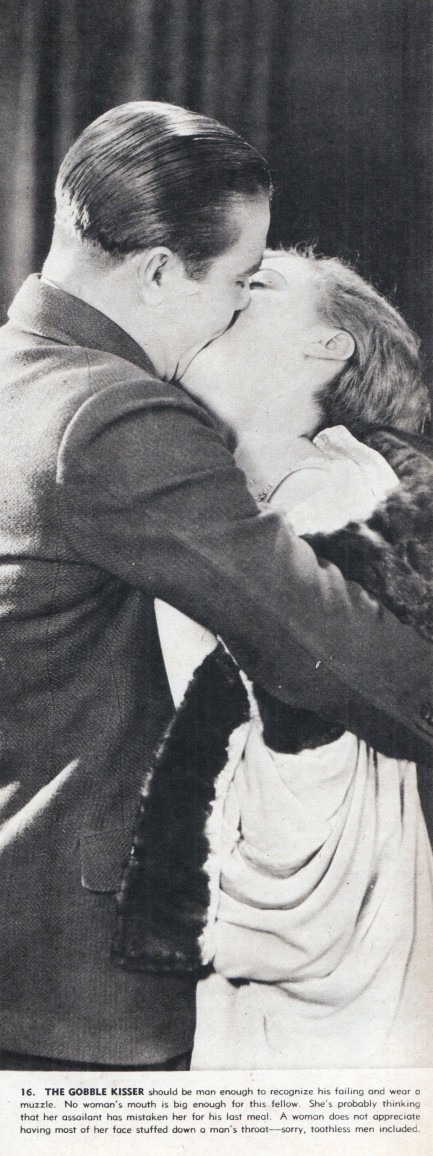 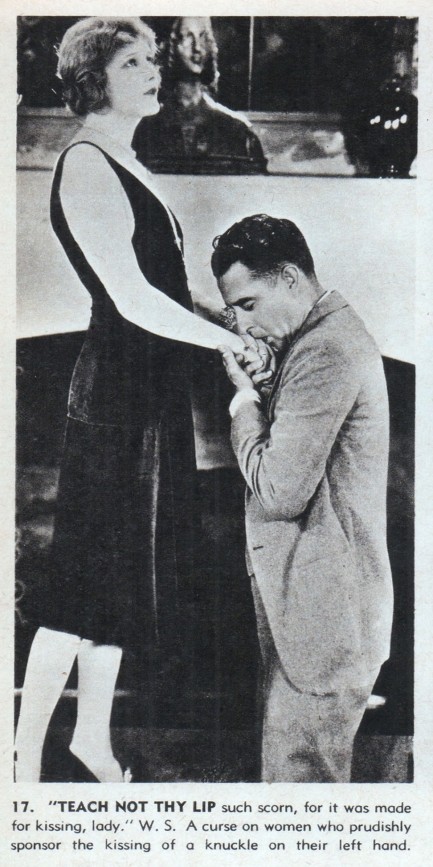 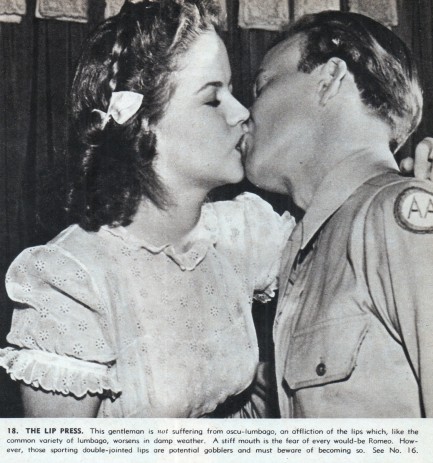 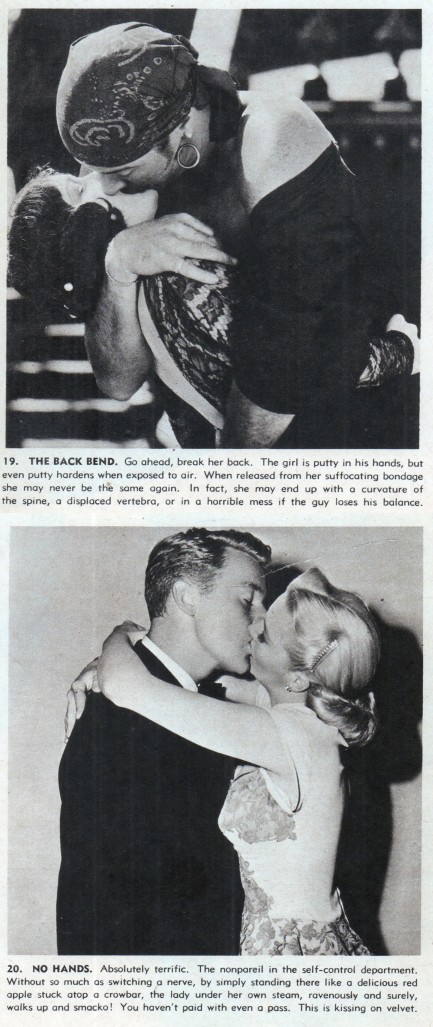   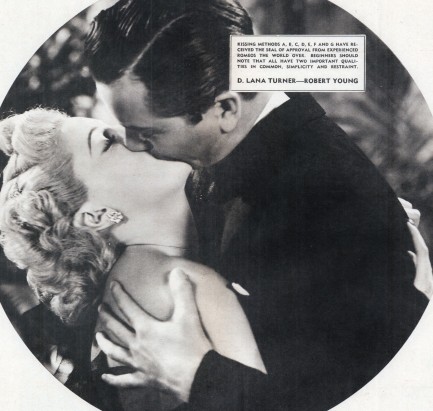  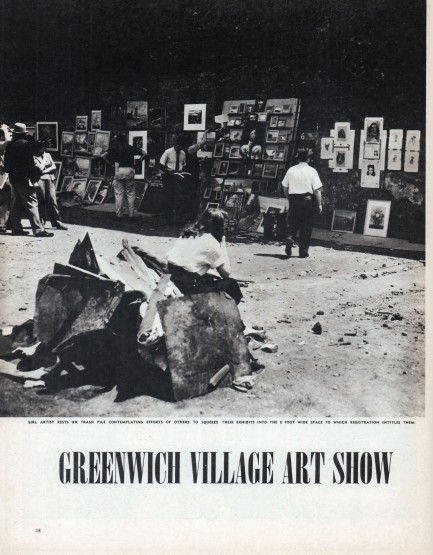 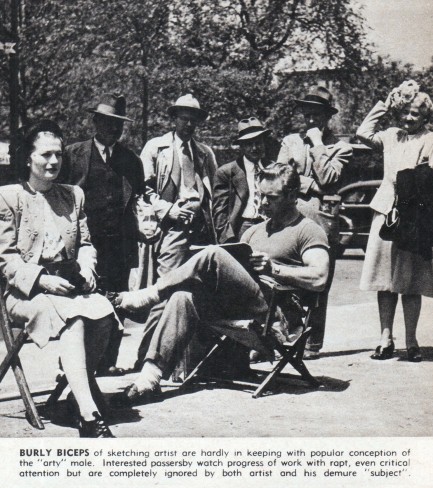 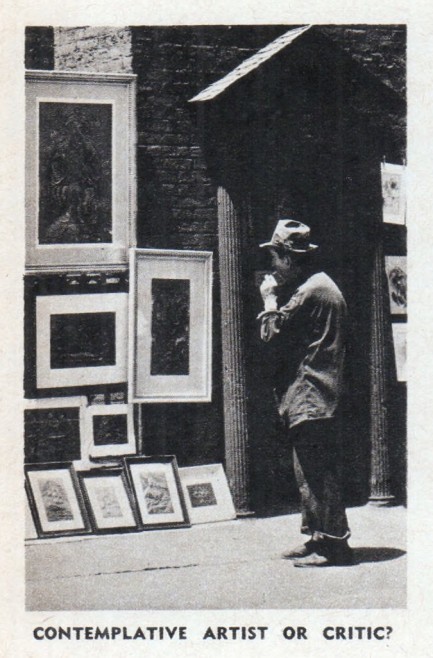 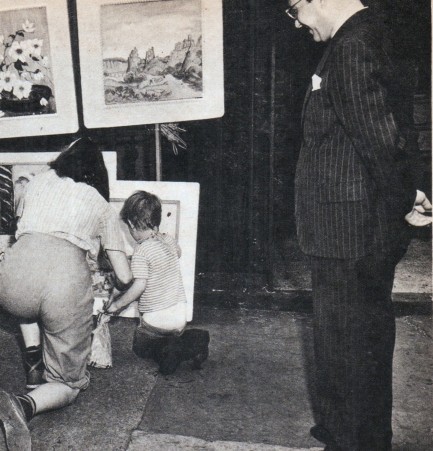 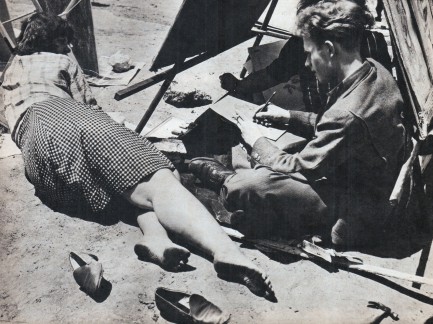 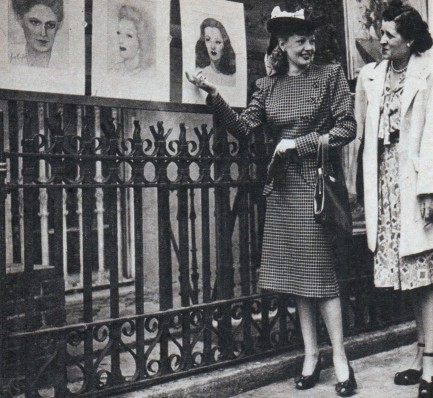 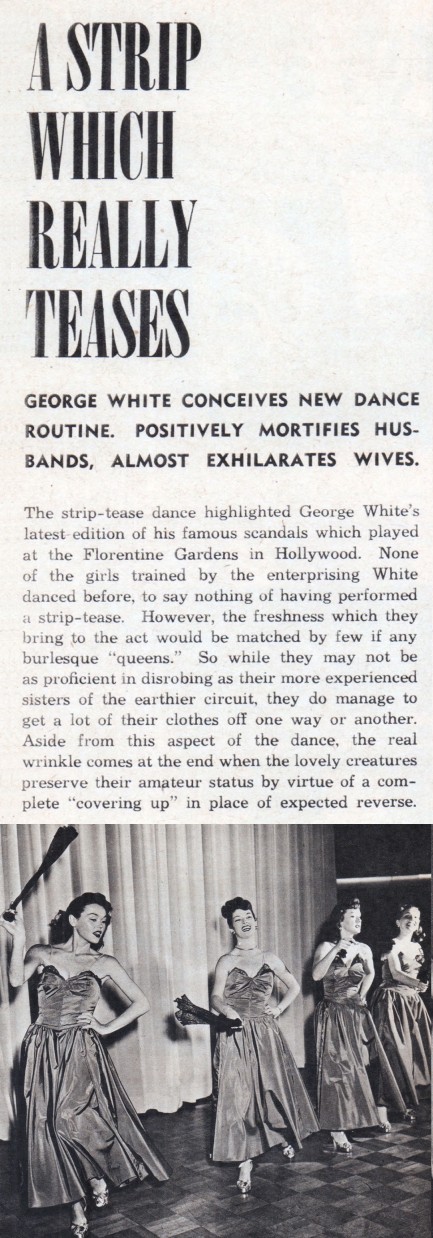 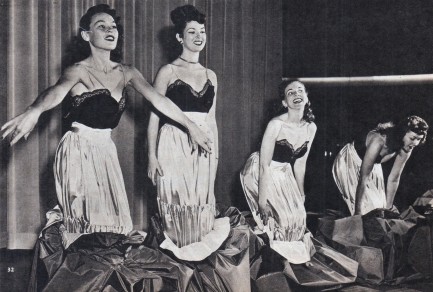 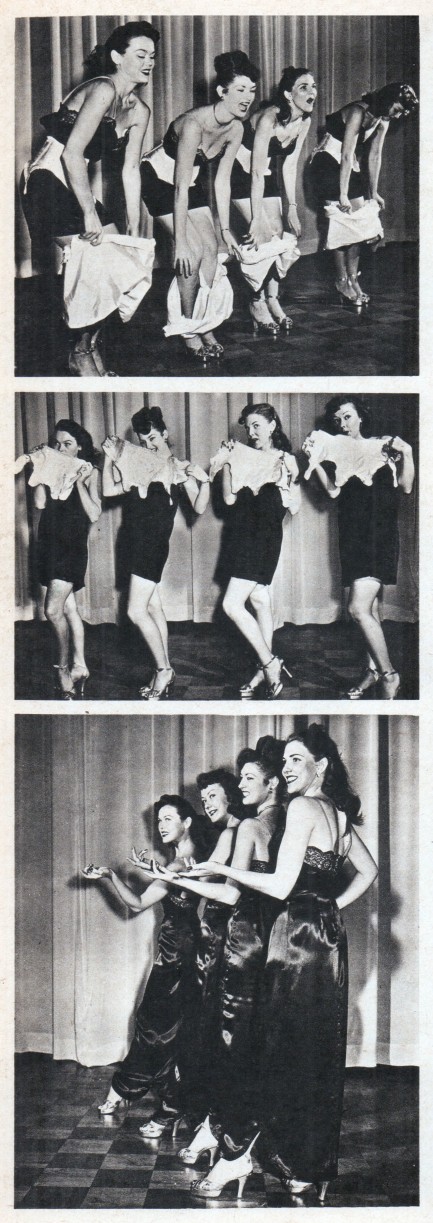 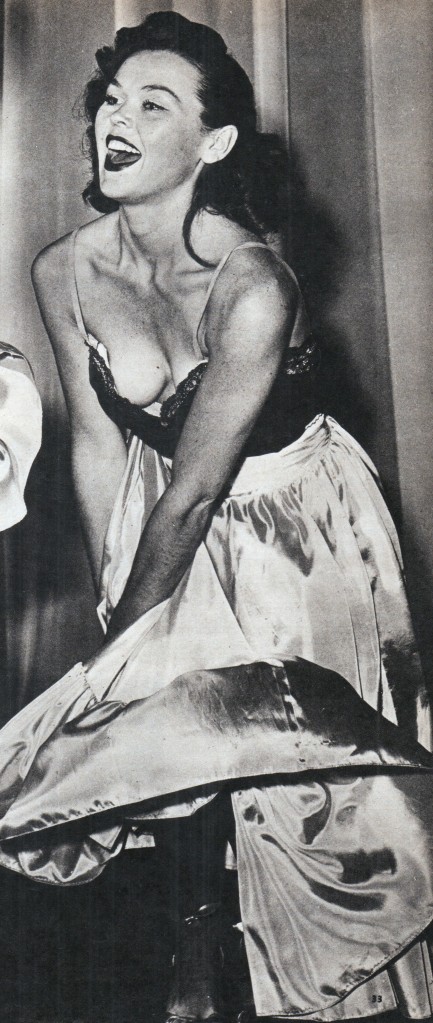 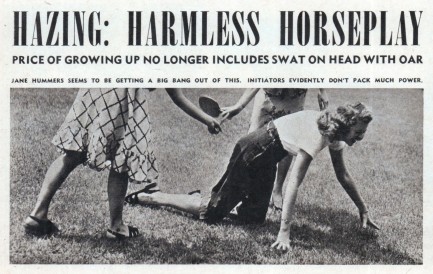 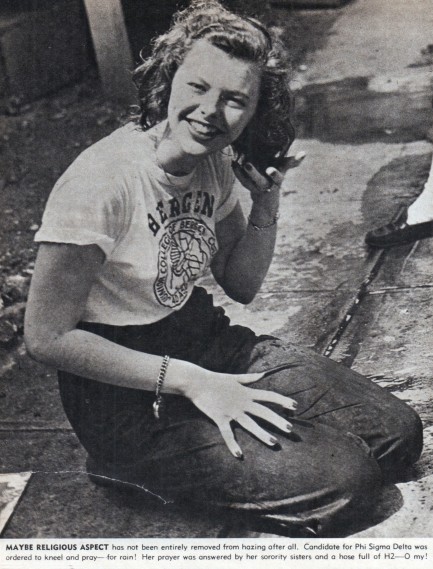 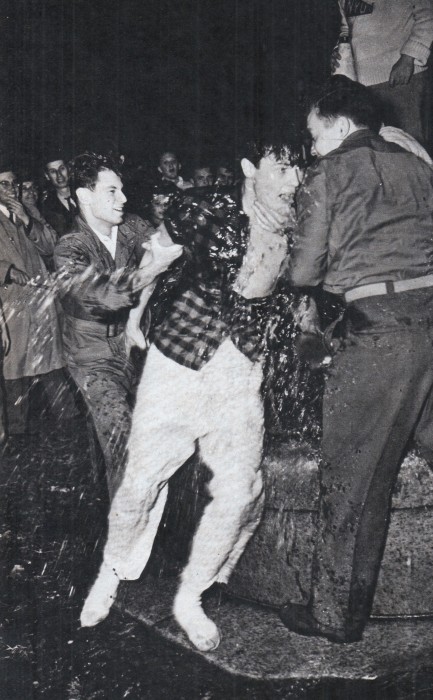 The Hollywood movie star stand-in quiz begins below. First you get twenty famous actors and actresses: And below are their twenty stand-ins. If you get more than half of these right you're a human face recognition algorithm. Quit your day job immediately and report to the FBI. Below are the answers.
 Kenneth Anger explores Hollywood's darkest recesses in his landmark tell-all. 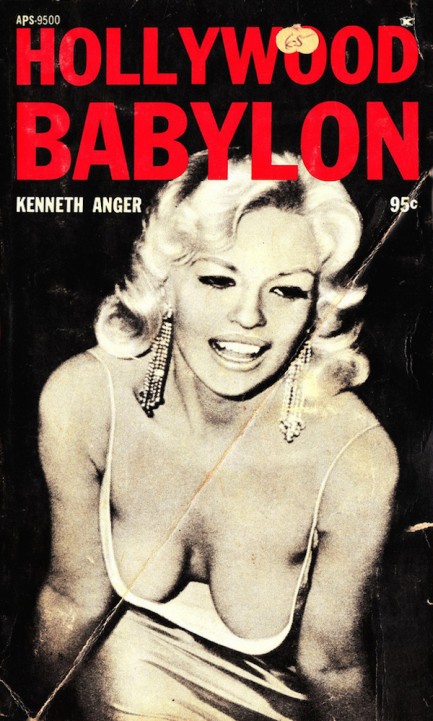
Kenneth Anger's Hollywood Babylon is the grandaddy of all Tinseltown exposés. It was published in 1965, banned ten days later, and shelved until 1975. It's exactly as advertised, outing everybody that was anybody for everything. Entire chunks are devoted to Charlie Chaplain, Lana Turner, Errol Flynn, Fatty Arbuckle and other cinematic luminaries. Some of its claims have been proved false—for instance the assertion that Lupe Velez died with her head in a toilet, and that Clara Bow screwed the USC football team (we doubt anyone really believed that one, even back then). But other tales are basically true, including accounts of various legal run-ins and feuds. Anger's writing is uneven, but at its most effective mirrors the type of pure tabloid style that influenced the likes of James Ellroy and others. Besides the salacious gossip the book has a ton of rare celeb photos, and those are of real worth. We've uploaded a bunch below. They came from a digital edition because our little paperback was too fragile to get on a scanner. By the way, don't feel as if we're working overtime on our website this Christmas morning—we uploaded everything in advance and are actually nowhere near a computer today. We're glad you took a minute to drop by. Copious vintage Hollywood below. 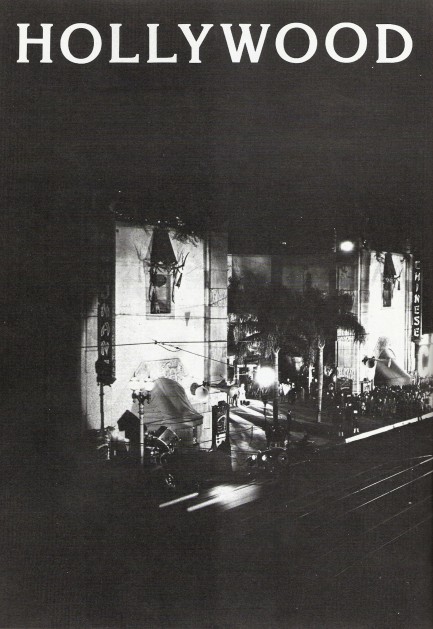 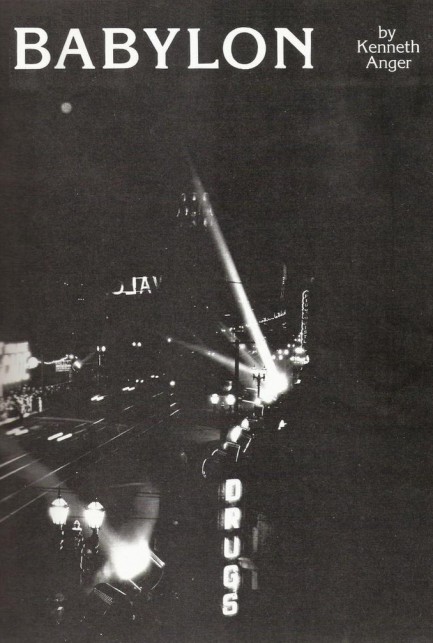 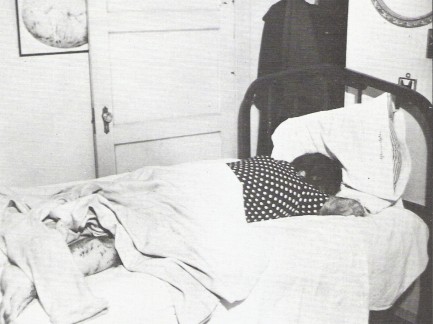 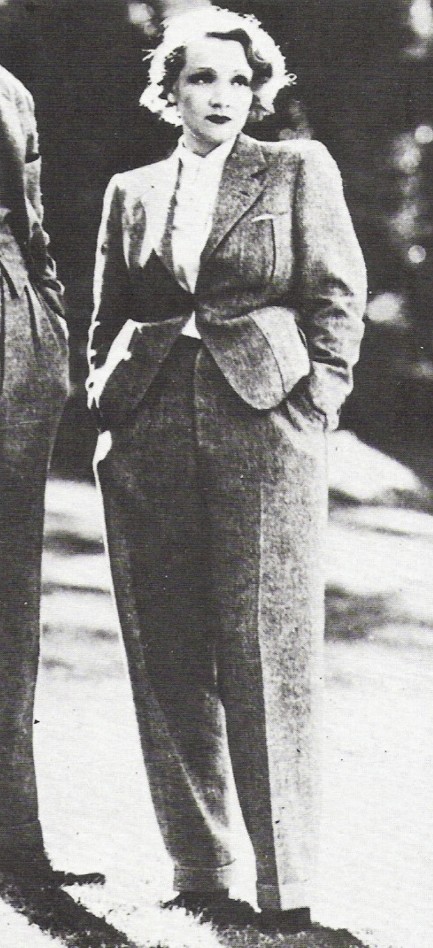 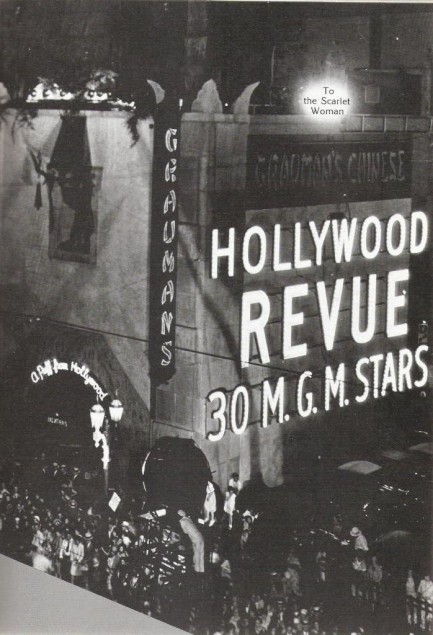 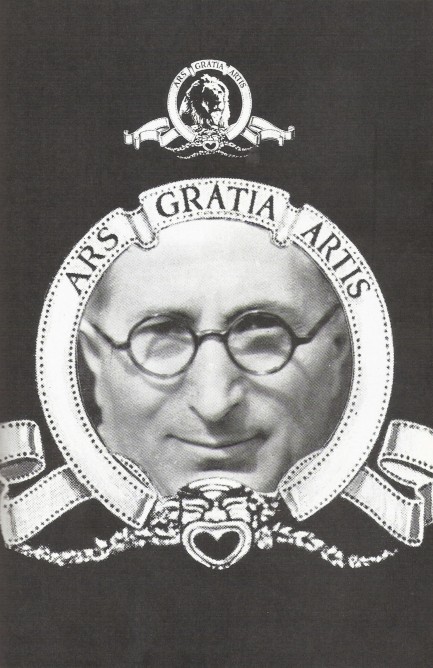 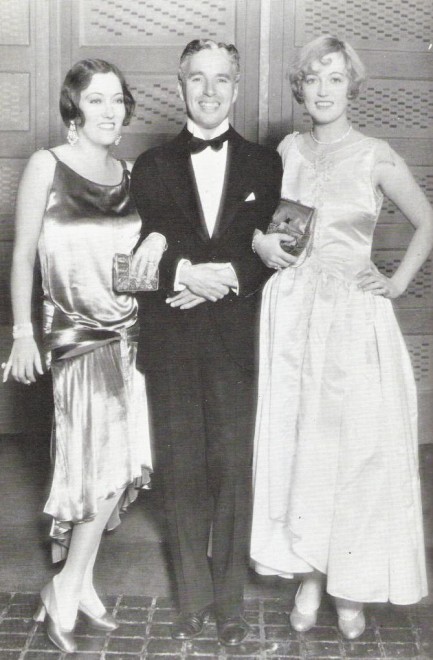 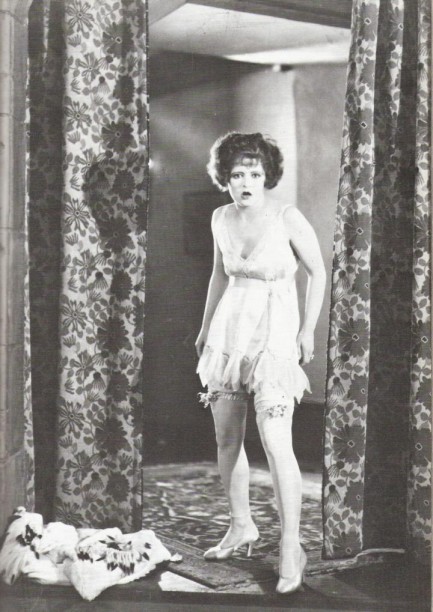 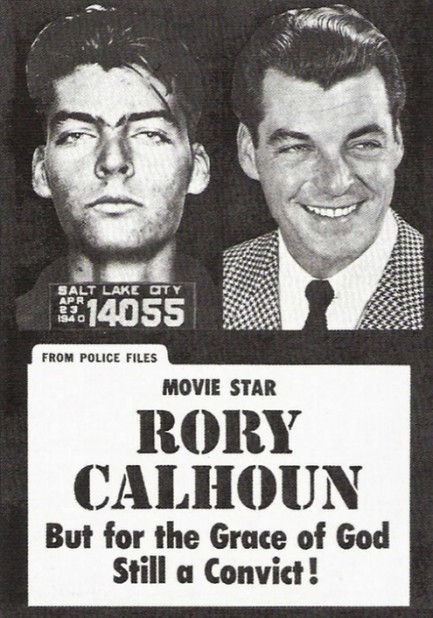 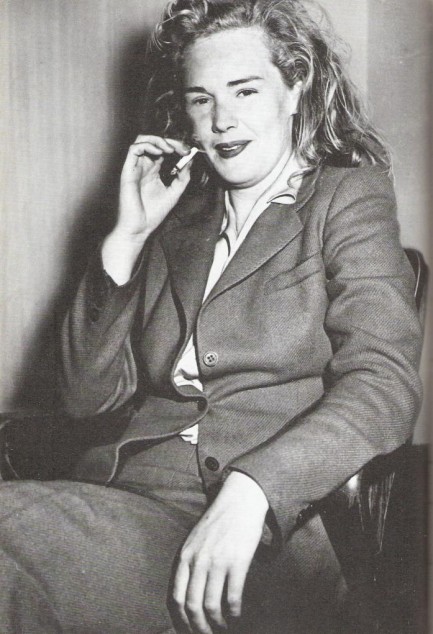 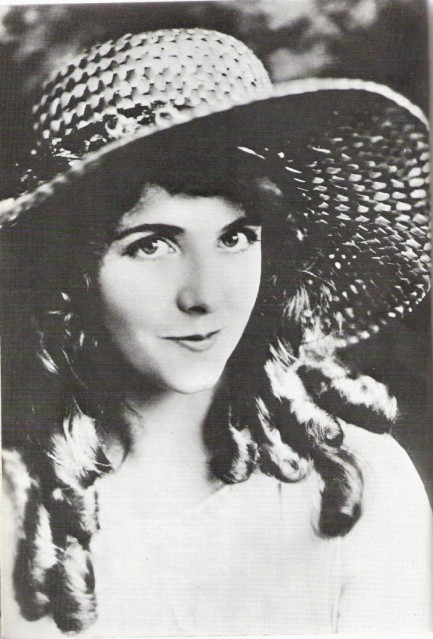 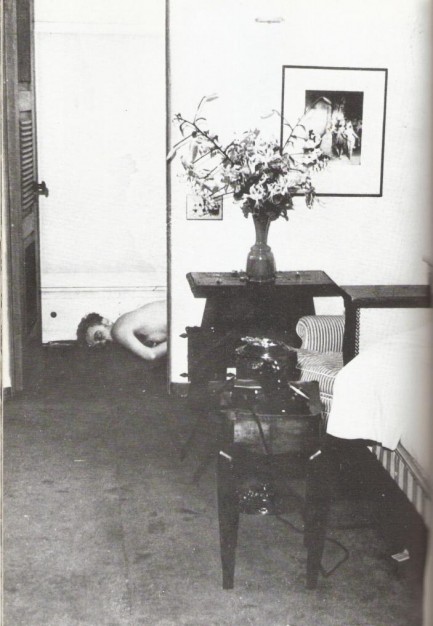 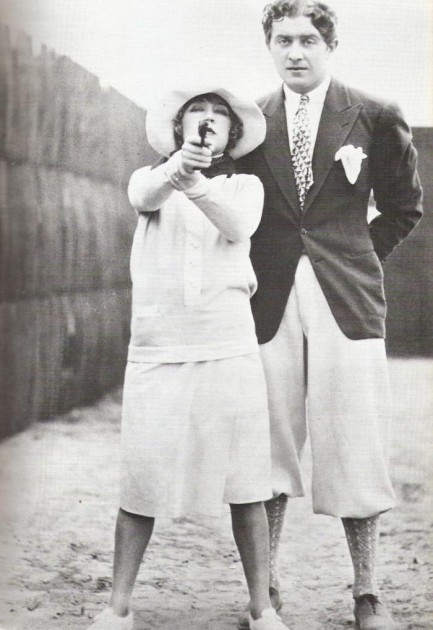 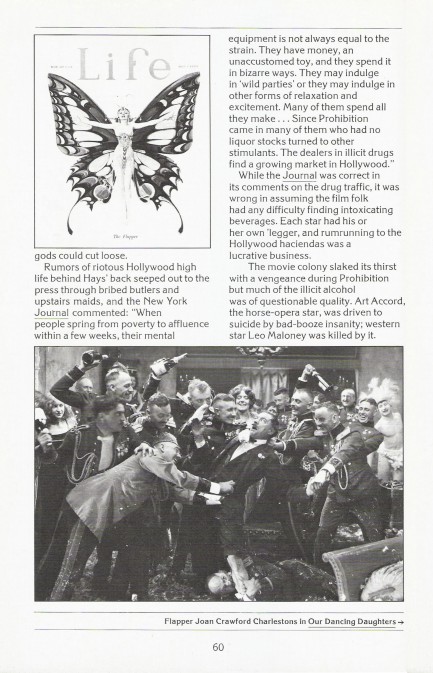 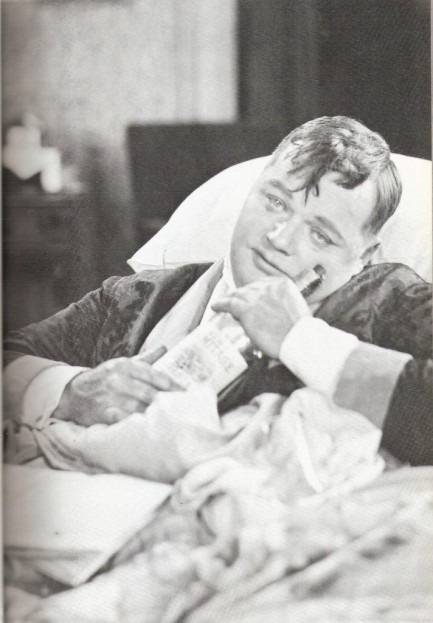 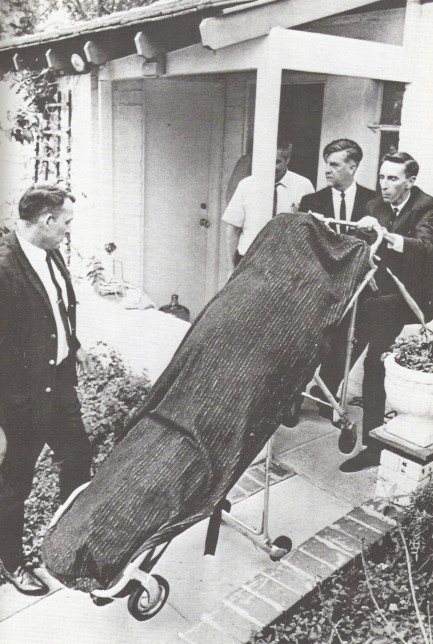 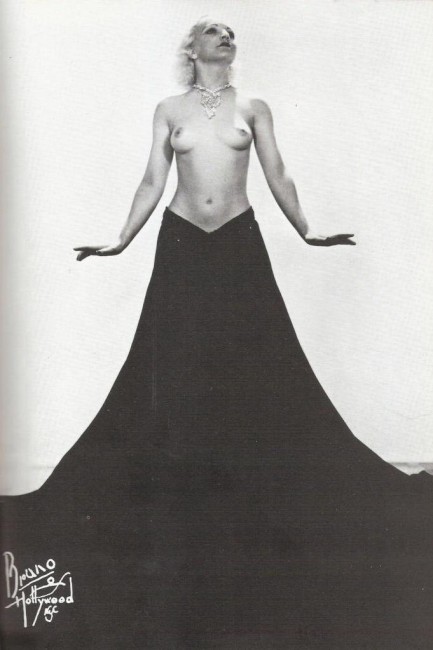 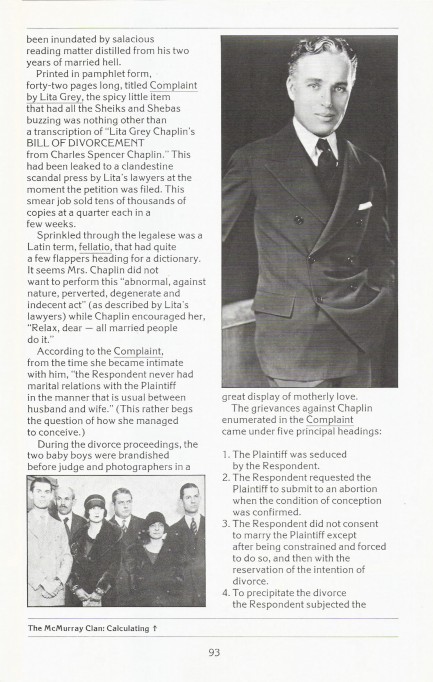 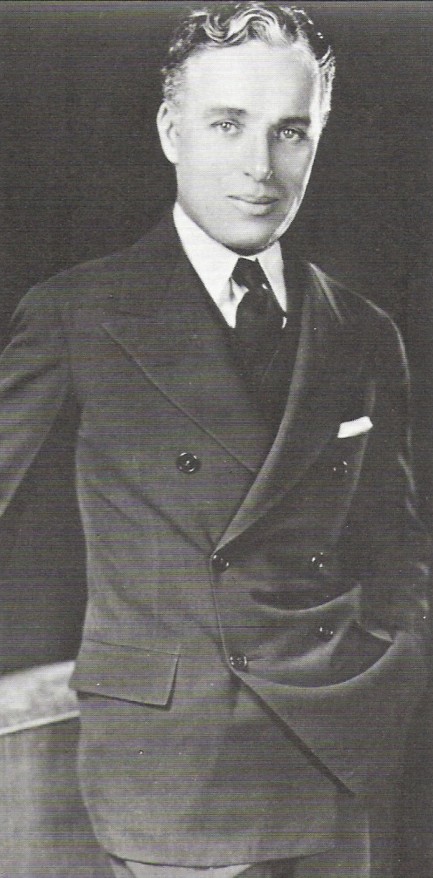 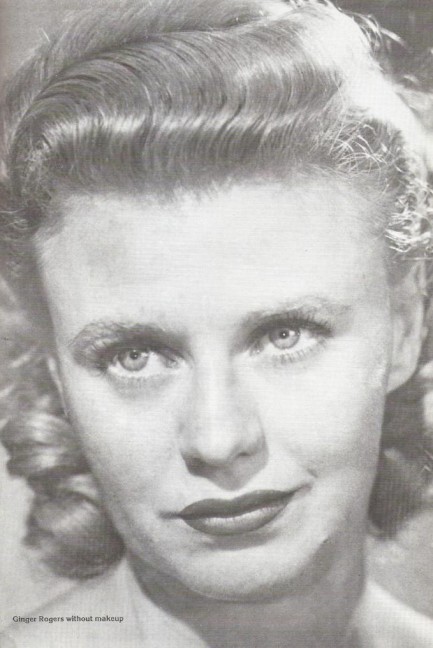 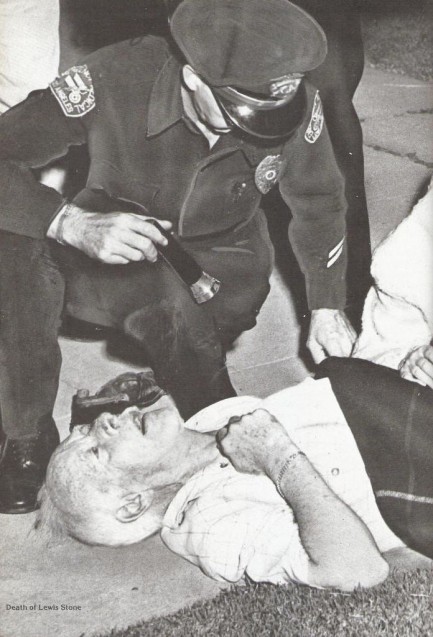 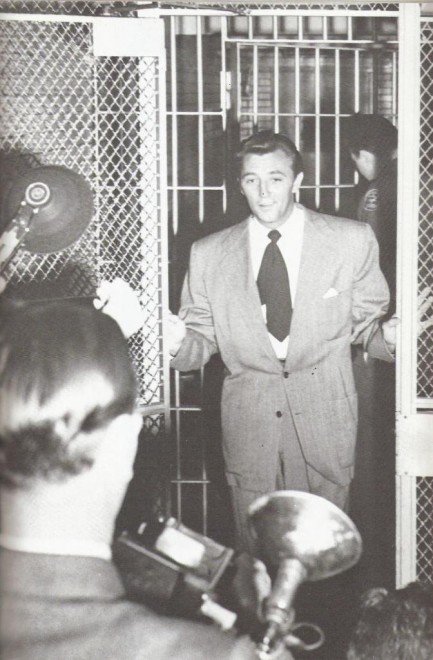 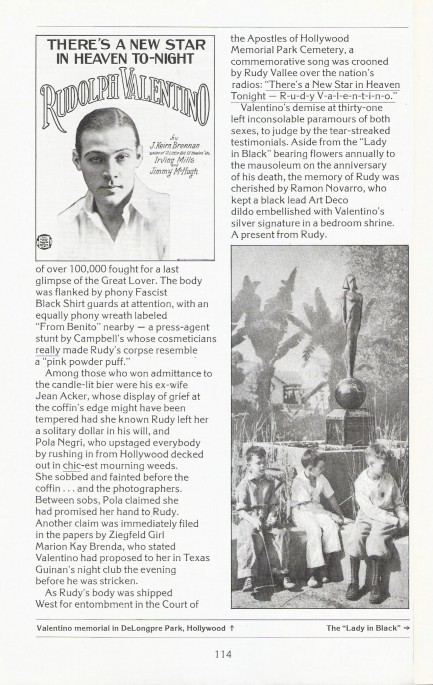 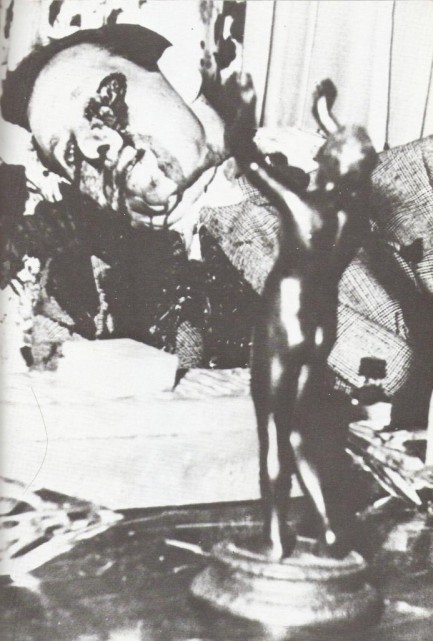 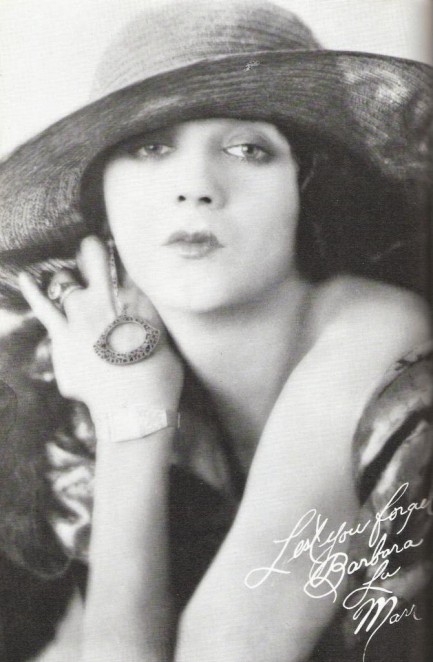 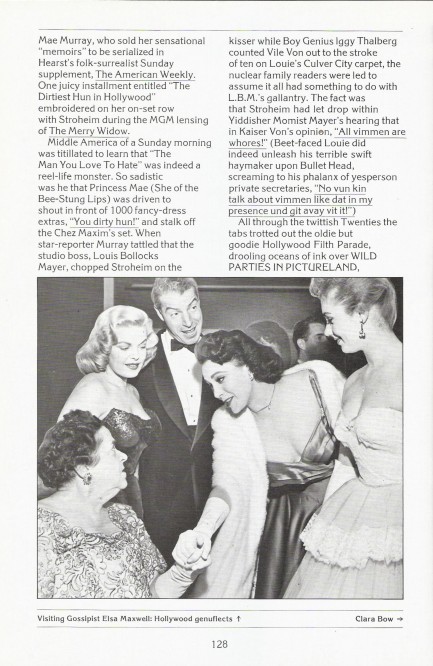 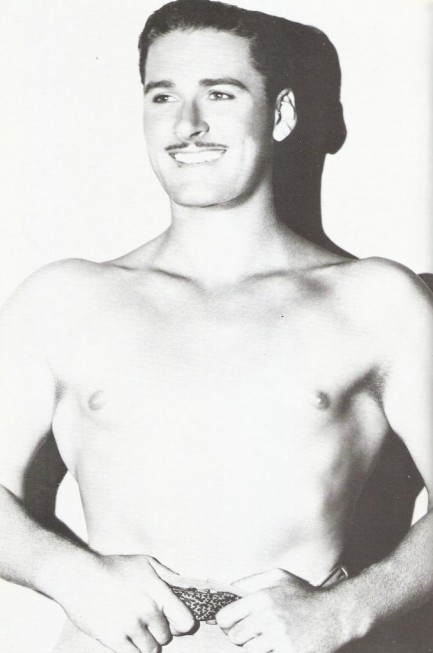 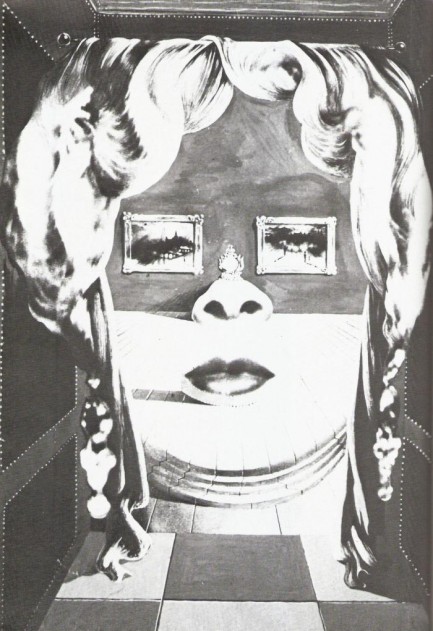 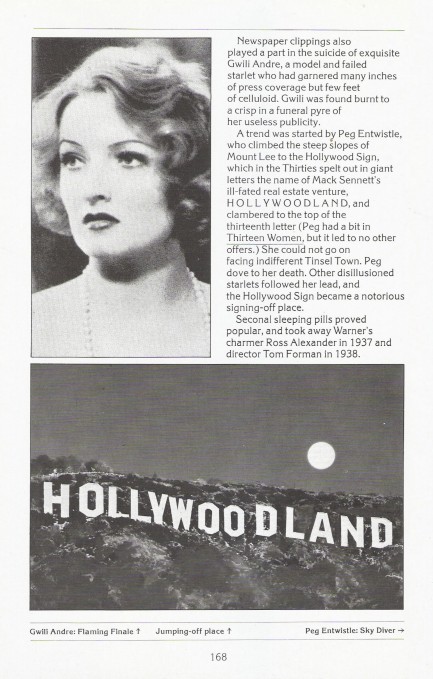 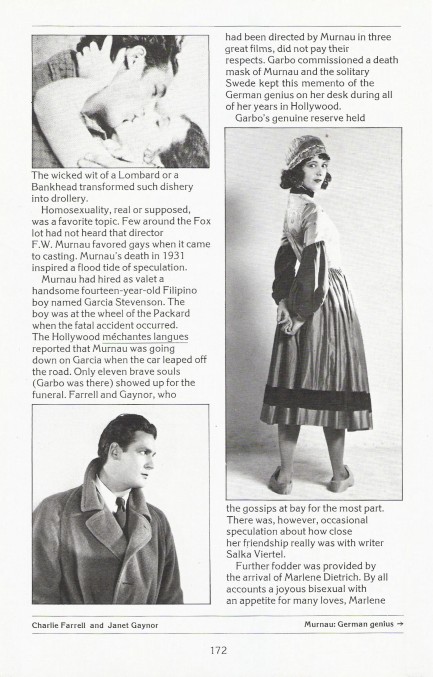 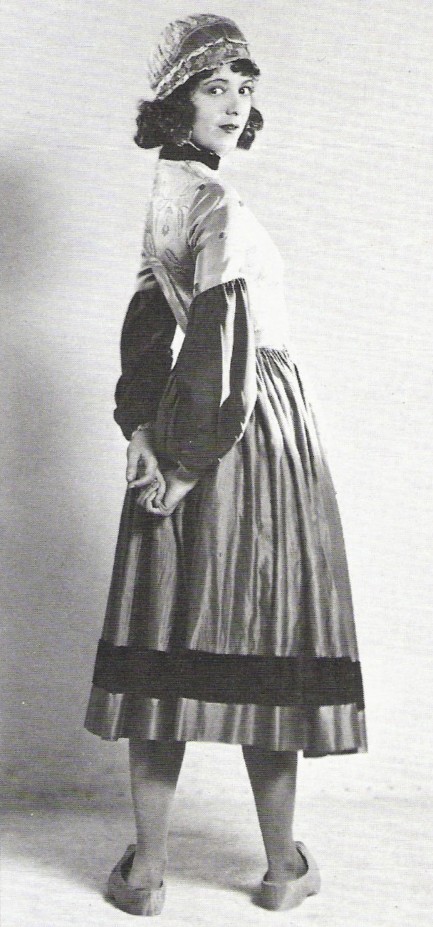 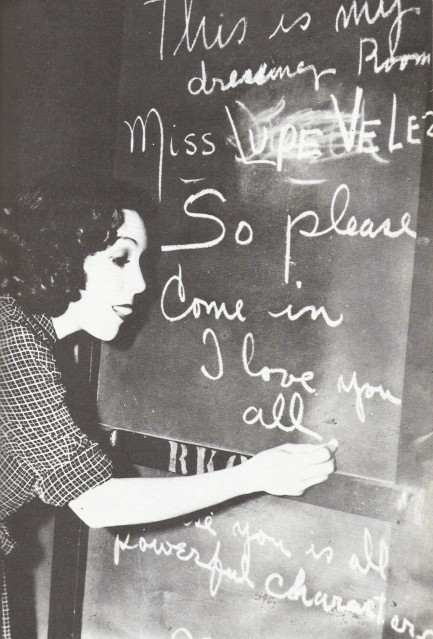 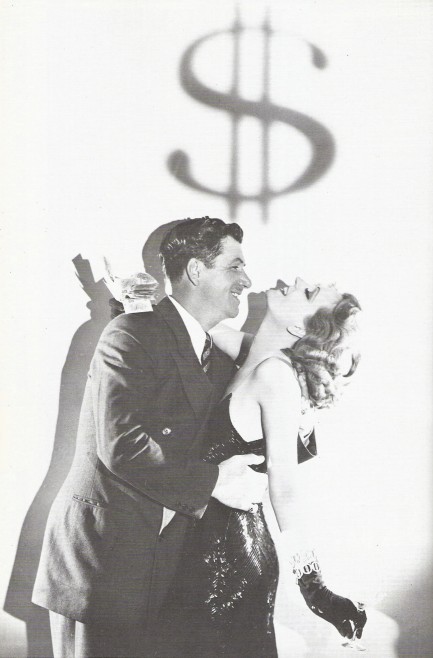 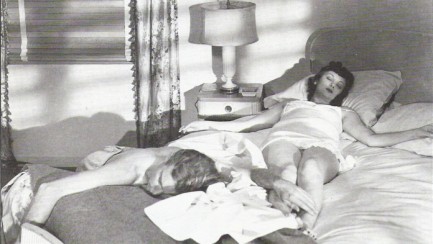 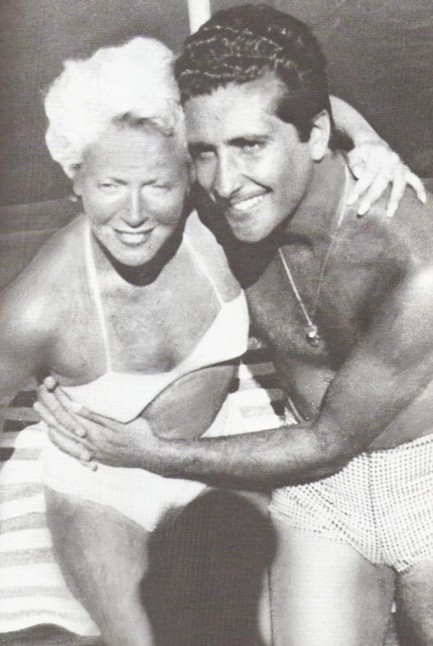 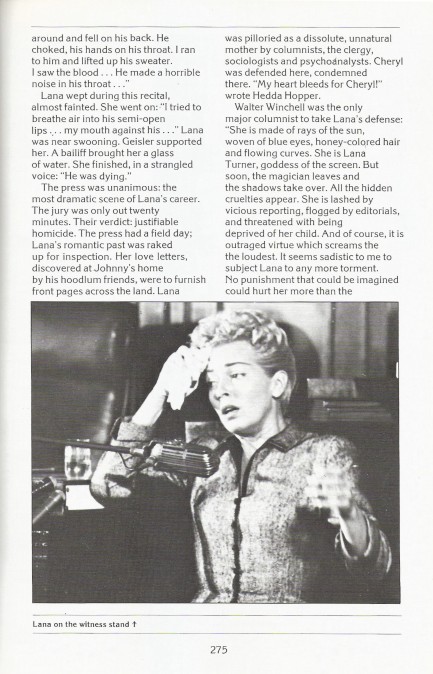 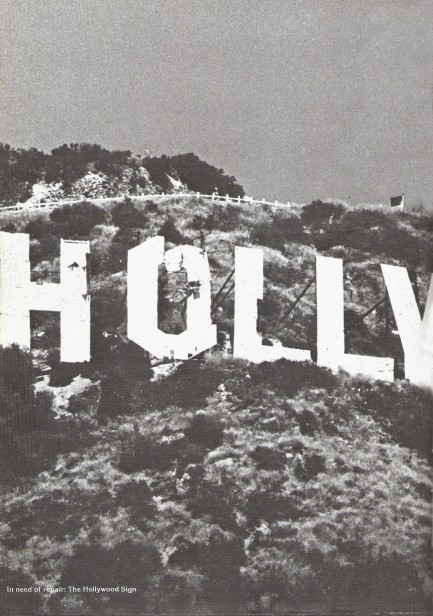 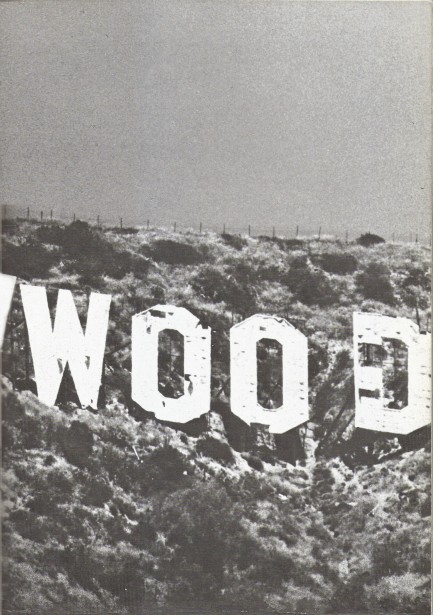
 And you think America is polarized today. 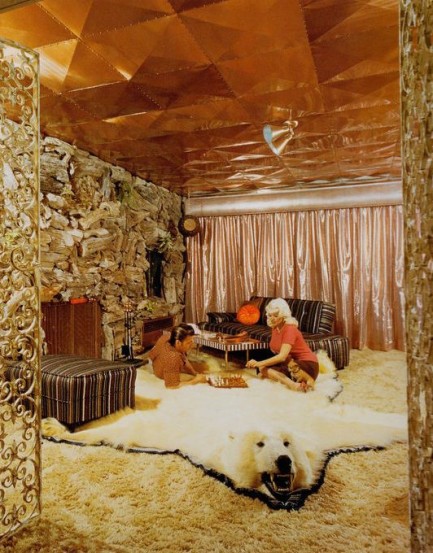
The iconic polar bear rug. What can you say about them? Well, it's not a good look nowadays, but back then people thought these sorts of decorations were quite chic. When did that end? Possibly shortly after the three-hundredth Playboy model posed on one, or when many people began to see trophy hunting as the obsession of vain and unsavory millionaires. One of those two. Personally, we blame Hefner. In the shot above Jayne Mansfield and Mickey Hargitay take polar bear style to its pinnacle. Just look at that room. Besides the bear they have a copper ceiling, satin curtains, and a white shag rug. It's a pimp's wet dream and all of it must have cost a fortune. We like to imagine what the look on Jayne's face would have been if anyone walked in with a brimming glass of red wine. We bet she'd have turned whiter than the bear.
We have more photos in the same vein below. If you need help identifying the stars, their names are in our keywords in order of appearance. Looking at the entire collection, we tend to wonder if there were three or four bears that ended up in all the photos. You know, like bears owned by certain photography studios or prop departments. Just saying, a couple of them look suspiciously similar. But on the other hand, how different from each other do bears really look? You'll notice that the poor creatures were generally posed to look fierce. But by contrast Inger Stevens' bear, just below, strikes us as a bit reflective and melancholy, which is understandable. Elizabeth Montgomery, meanwhile, gets extra points for wearing her bear. We have twenty-plus images below, including another shot of Mansfield, sans Hargitay. 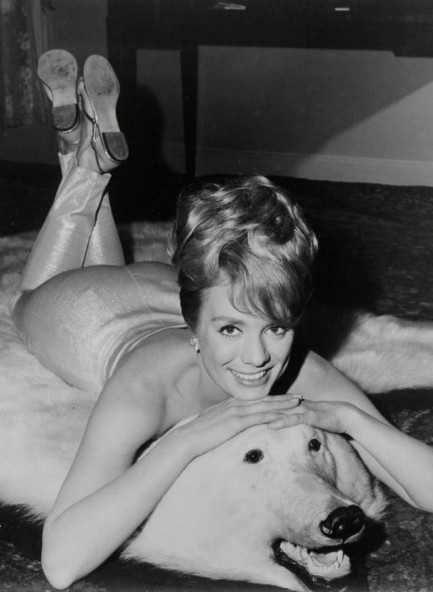 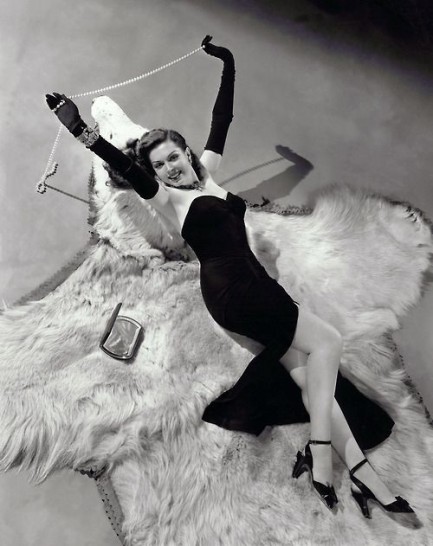 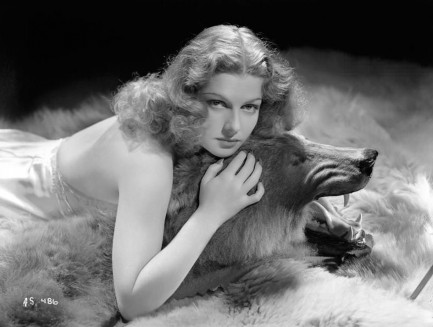 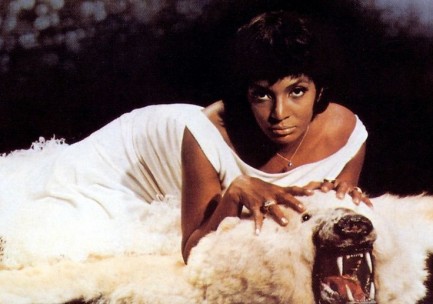 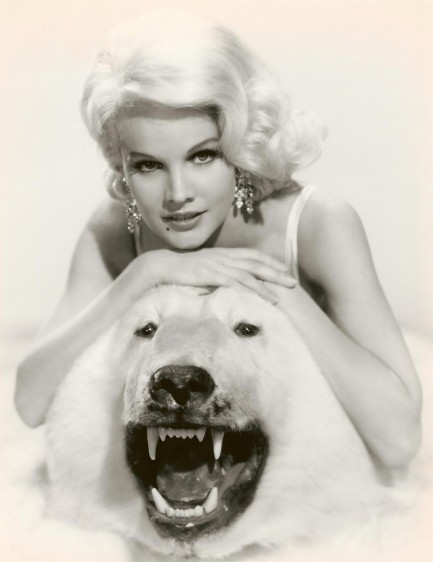 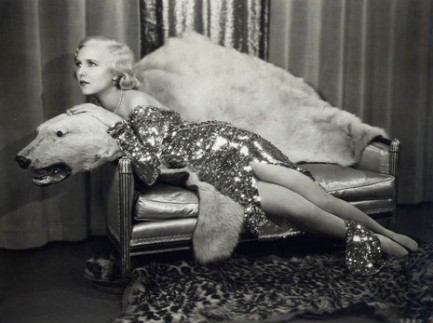 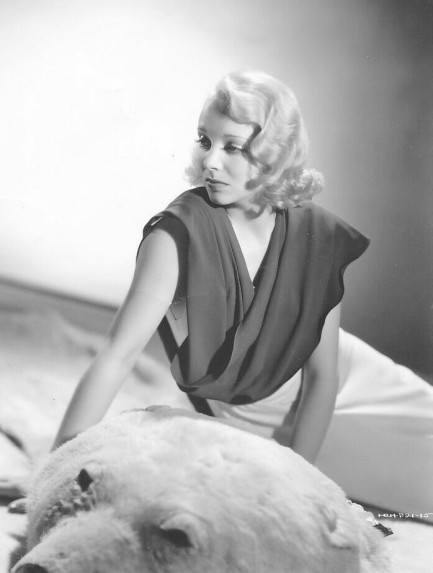 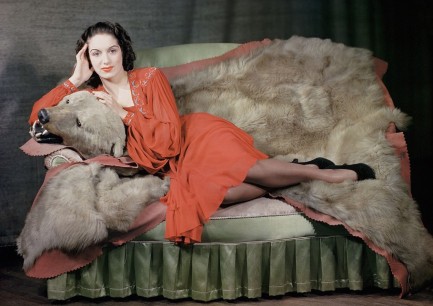 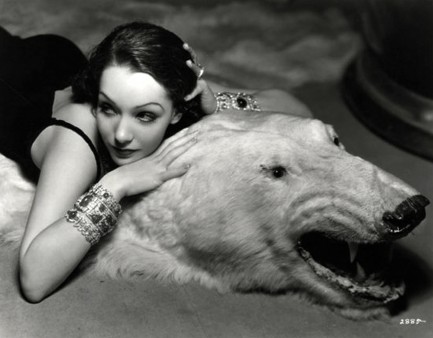 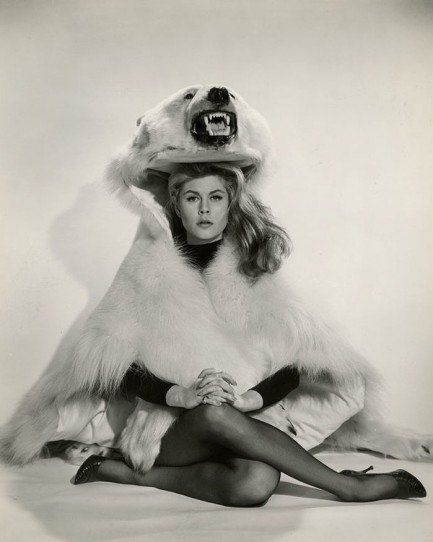 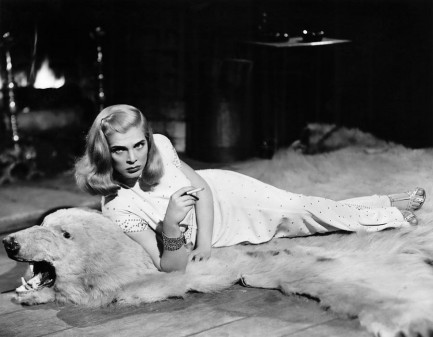 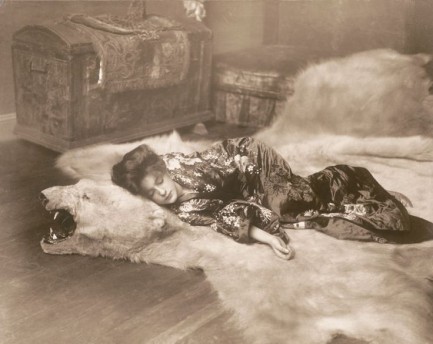 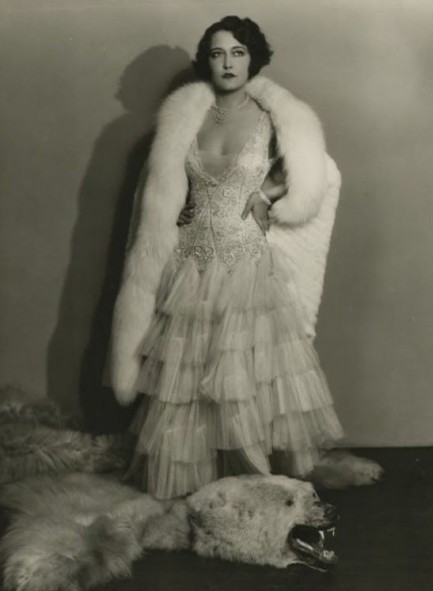 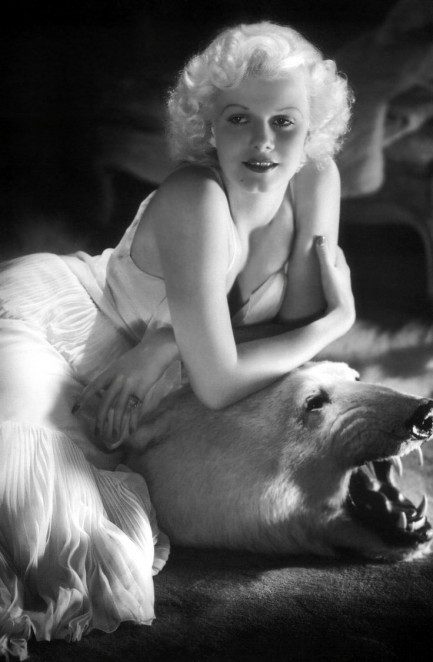 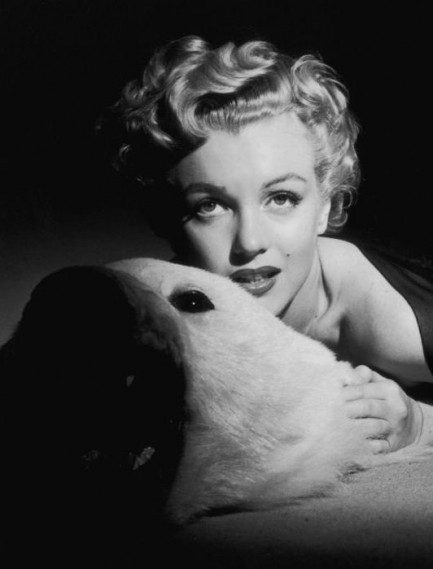 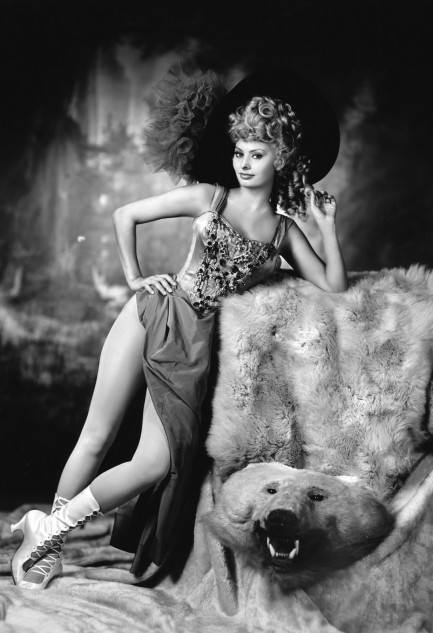 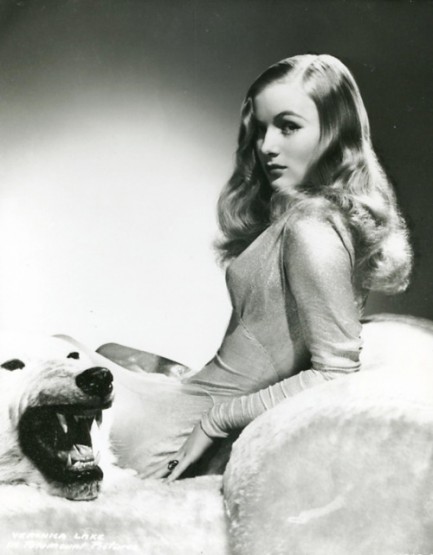 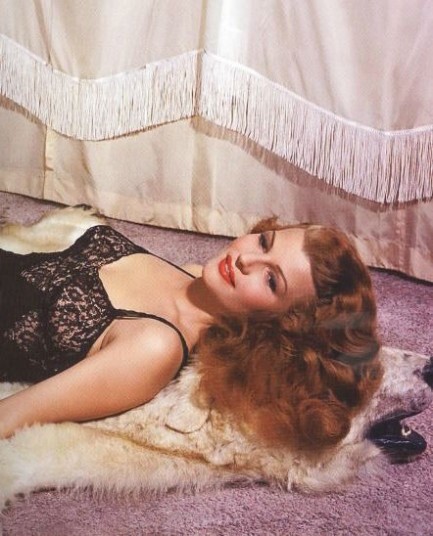 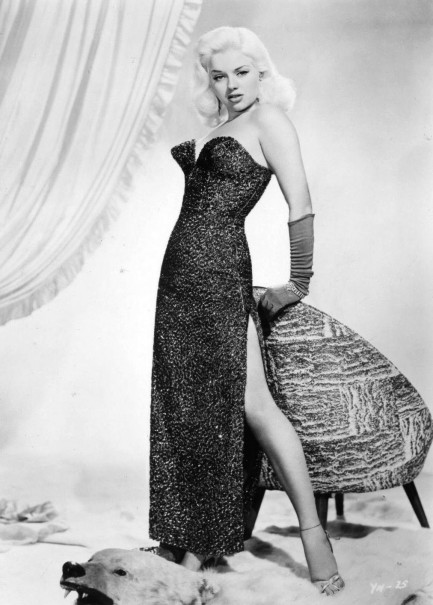 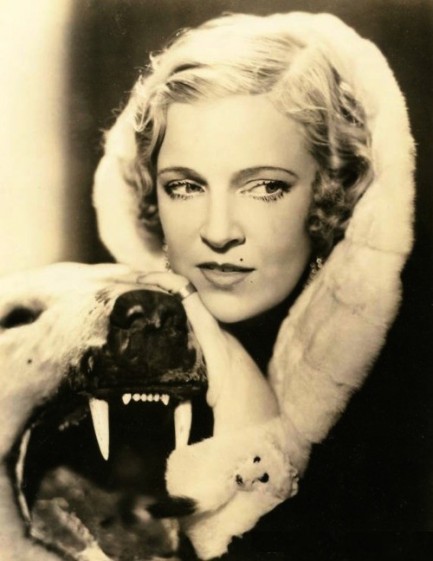 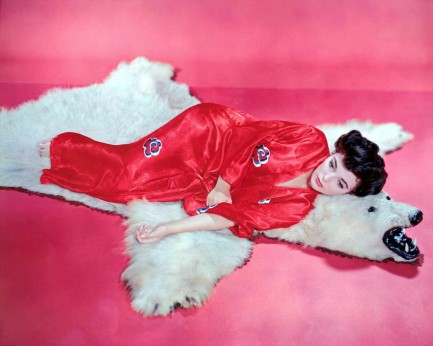 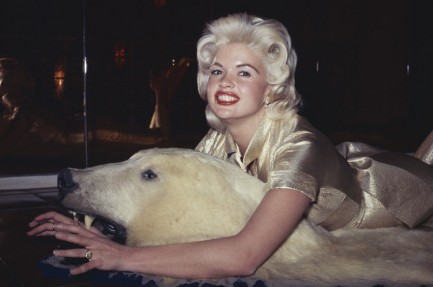
 Hanging with Mr. Cooper. 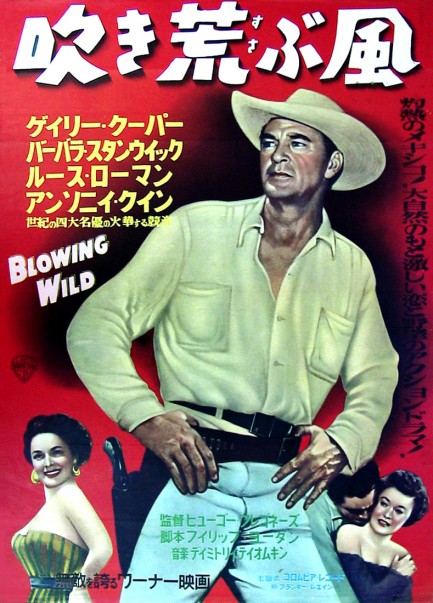
We were just writing about Gary Cooper in our history text and… You do read the history text, right? Please tell us you read that stuff, because we really do work hard on it. Anyway, Cooper died fifty years ago yesterday, so we thought we’d share one of the posters we had sitting around. Above you see the Japanese one sheet for his 1953 western Blowing Wild, with Barbara Stanwyck and Anthony Quinn. We’ll get into Mr. Cooper a bit more down the line. We have to—we can’t possibly ignore a guy who Clara Bow said was “hung like a horse and can go all night.” And we also have to get into the story about how Lupe Velez stabbed him for drawing a face on one of her nipples. When you do something like that to a woman known as the Mexican Spitfire, you have to expect incendiary results, but we'll explore that and other Cooper episodes soon.
 All the news that's fit to print and then some. 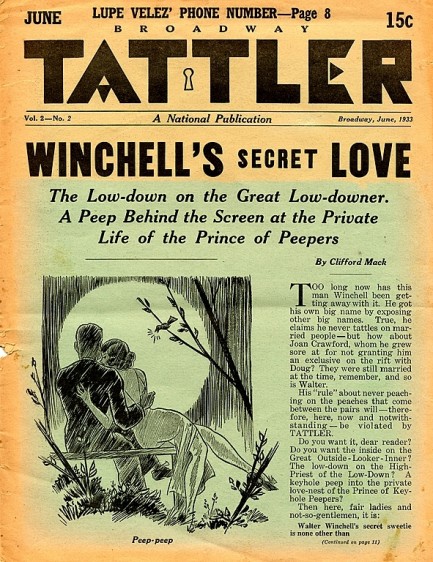
June 1933 issue of Broadway Tattler, a sixteen page monthly tabloid published in New York City, with a reference to Walter Winchell’s long time live-in lover June Magee, and a promise of Lupe Velez's phone number.
 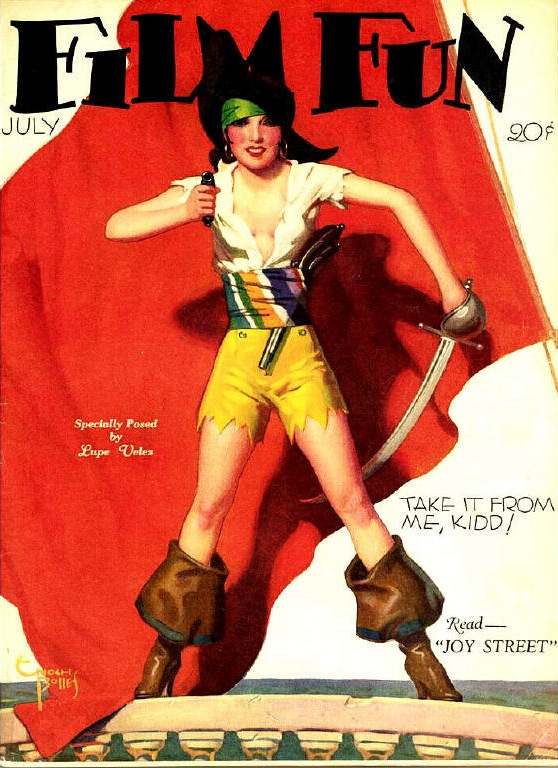
We wrote about actress Lupe Velez just a few days ago, and now we’ve come across this great Film Fun cover she posed for. Film Fun ran from 1915 to 1942, and was a lighthearted zine that always had pin-up style art, either painted with utmost skill by the likes of Enoch Bolles and John Held, Jr., or photographed in a style that made the subject look like a painting. It was Bolle who produced the fantastic pirate-themed cover above, and it looks like he had a ball doing it.
 Her beauty, talent and determination were not enough. 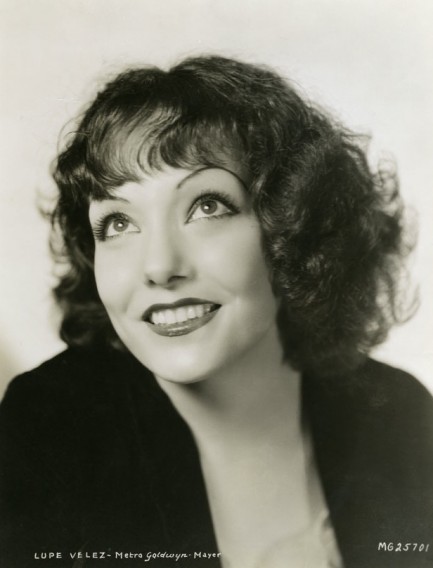
Lupe Velez was born in Mexico, bounced from Hollywood films to the Broadway stage and back to Tinseltown, but never achieved the level of stardom she craved. She had a career, though—she made more than forty films, including the Mexican Spitfire series, which consisted of five projects over three years. But there were failed love affairs and a divorce. When an unmarried Velez became pregnant in 1944, her strict Catholic upbringing prevented her from seeking an abortion, but also caused her to believe giving birth out of wedlock would be an unbearable stigma for the child. Unable to see a way out, she took a handful of sleeping pills that killed her and her unborn baby. The suicide rocked Hollywood, and even inspired a 1965 Andy Warhol film entitled, appropriately, Lupe. She died sixty-two years ago today.
|
 |

The headlines that mattered yesteryear.
2003—Hope Dies
Film legend Bob Hope dies of pneumonia two months after celebrating his 100th birthday. 1945—Churchill Given the Sack
In spite of admiring Winston Churchill as a great wartime leader, Britons elect
Clement Attlee the nation's new prime minister in a sweeping victory for the Labour Party over the Conservatives. 1952—Evita Peron Dies
Eva Duarte de Peron, aka Evita, wife of the president of the Argentine Republic, dies from cancer at age 33. Evita had brought the working classes into a position of political power never witnessed before, but was hated by the nation's powerful military class. She is lain to rest in Milan, Italy in a secret grave under a nun's name, but is eventually returned to Argentina for reburial beside her husband in 1974. 1943—Mussolini Calls It Quits
Italian dictator Benito Mussolini steps down as head of the armed forces and the government. It soon becomes clear that Il Duce did not relinquish power voluntarily, but was forced to resign after former Fascist colleagues turned against him. He is later installed by Germany as leader of the Italian Social Republic in the north of the country, but is killed by partisans in 1945.
|

|
|

It's easy. We have an uploader that makes it a snap. Use it to submit your art, text, header, and subhead. Your post can be funny, serious, or anything in between, as long as it's vintage pulp. You'll get a byline and experience the fleeting pride of free authorship. We'll edit your post for typos, but the rest is up to you. Click here to give us your best shot.

|
|























































